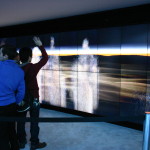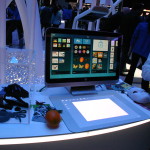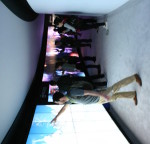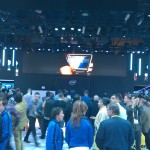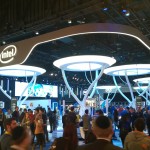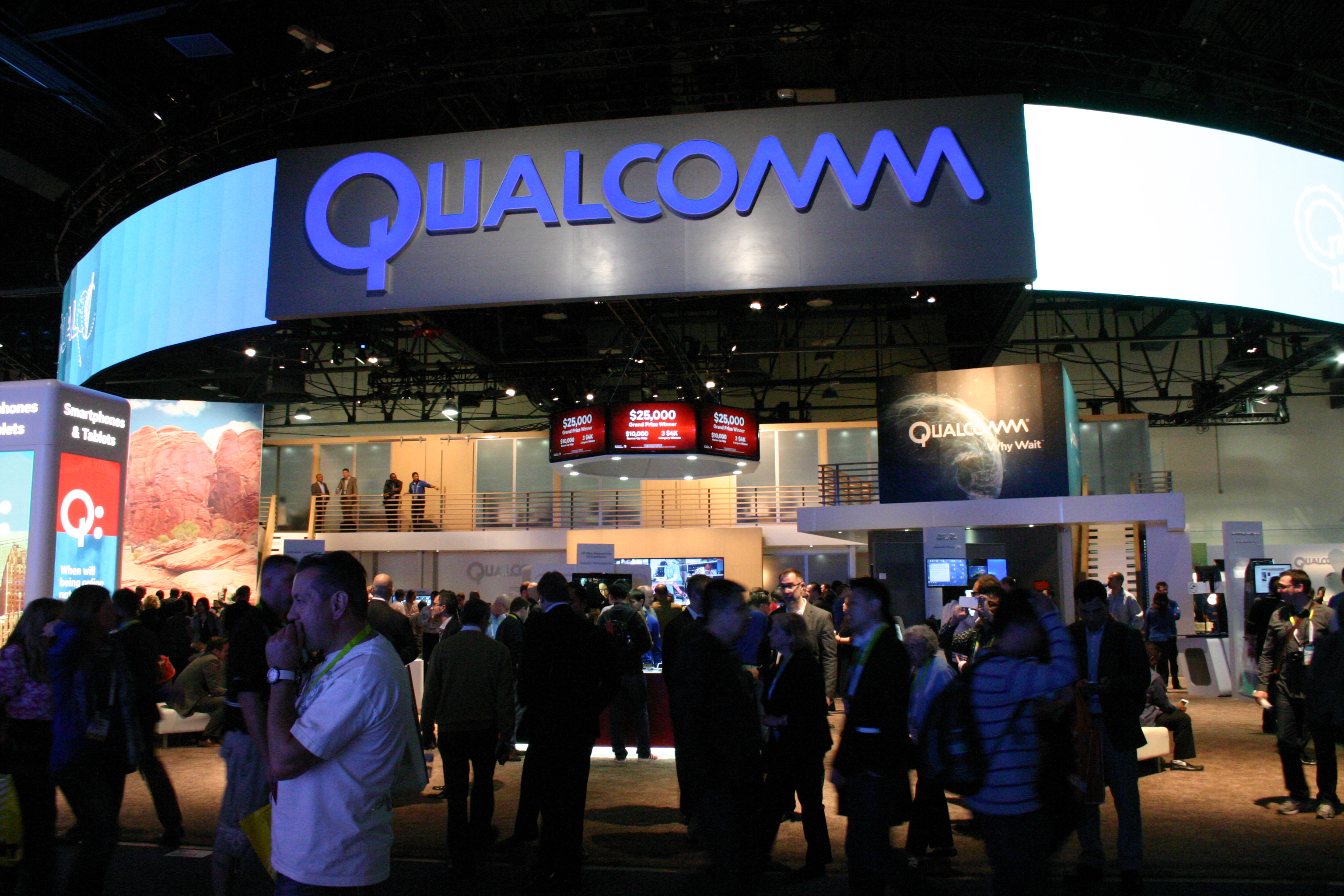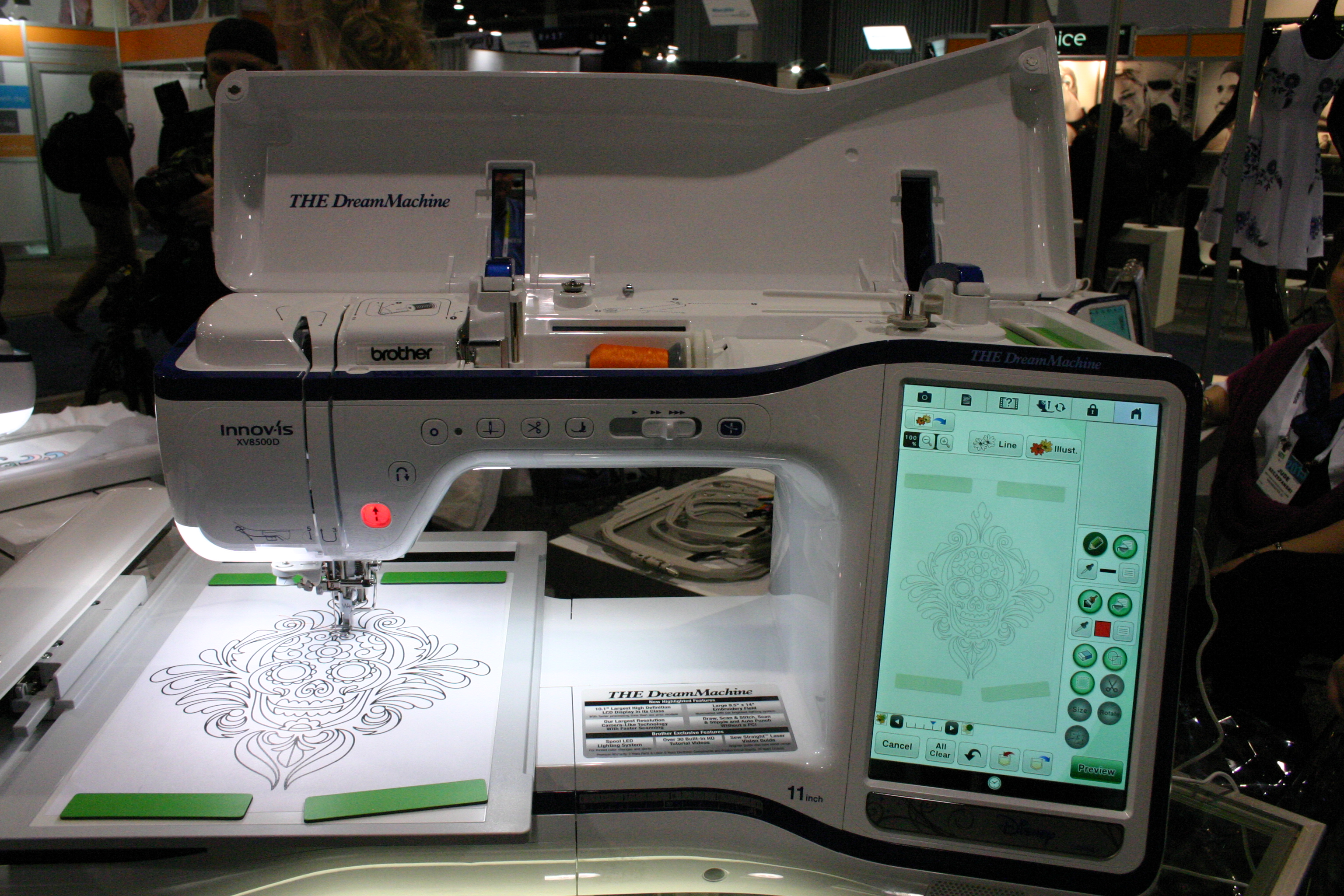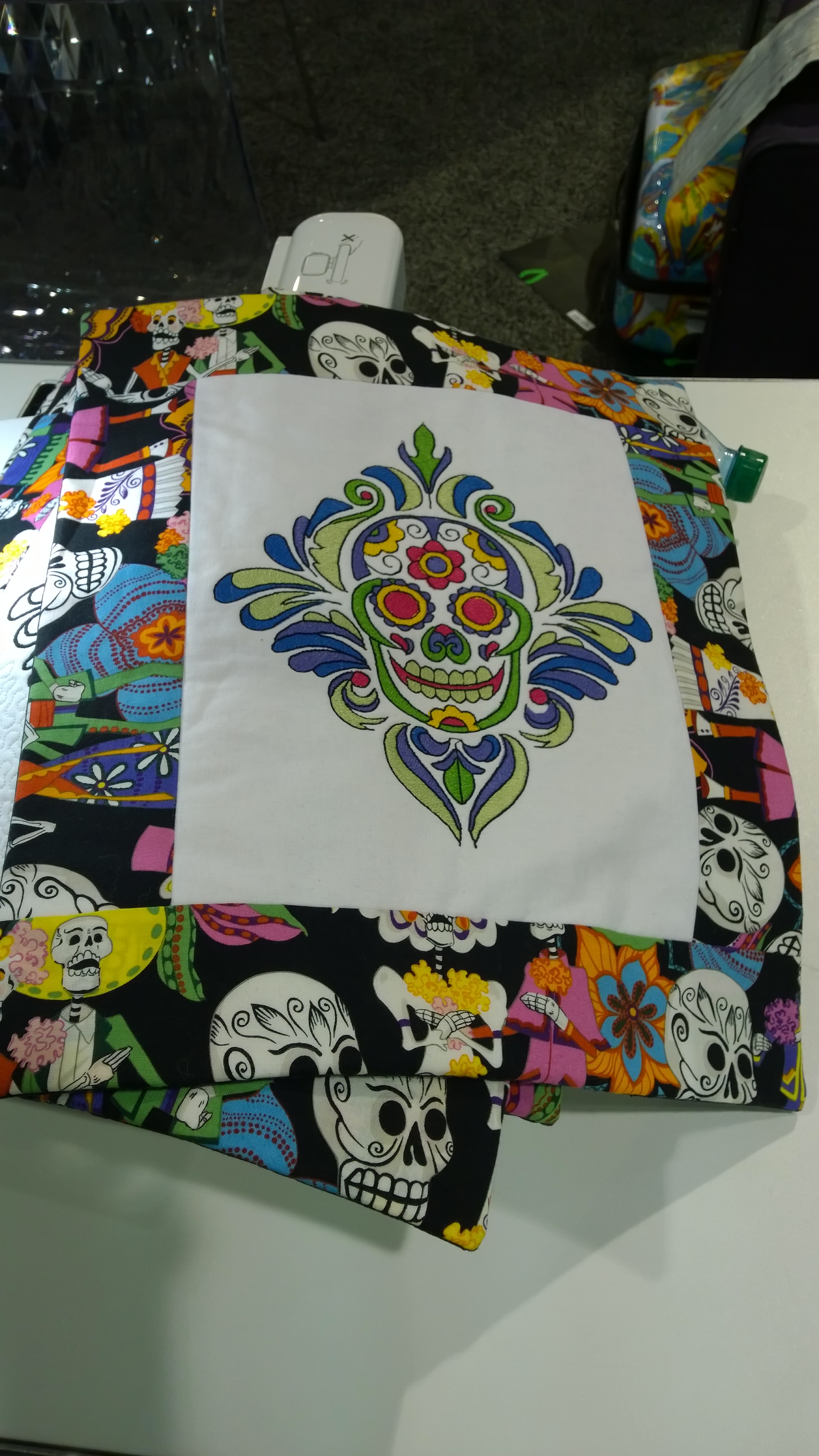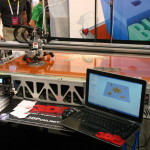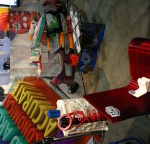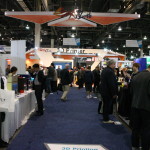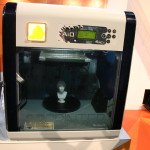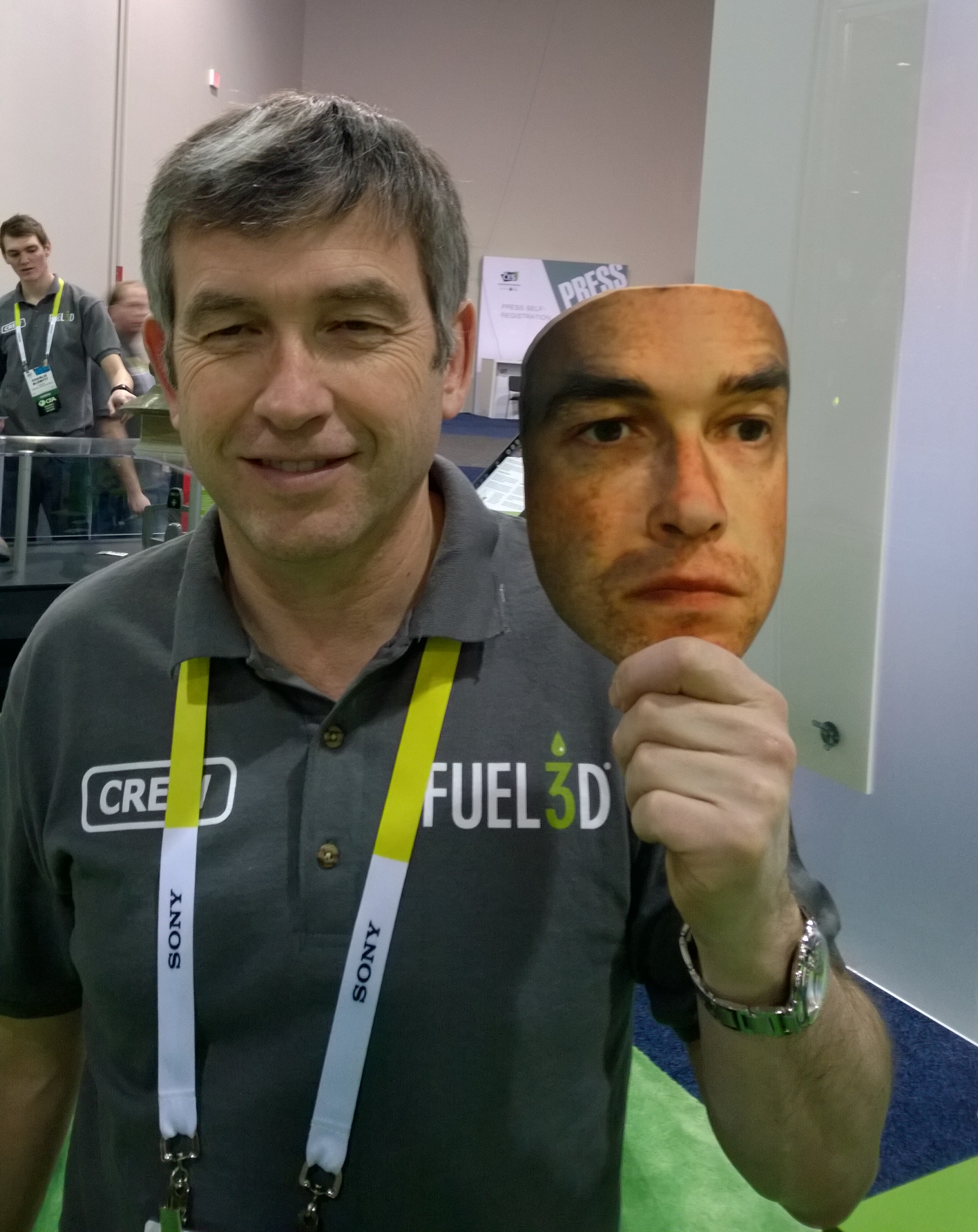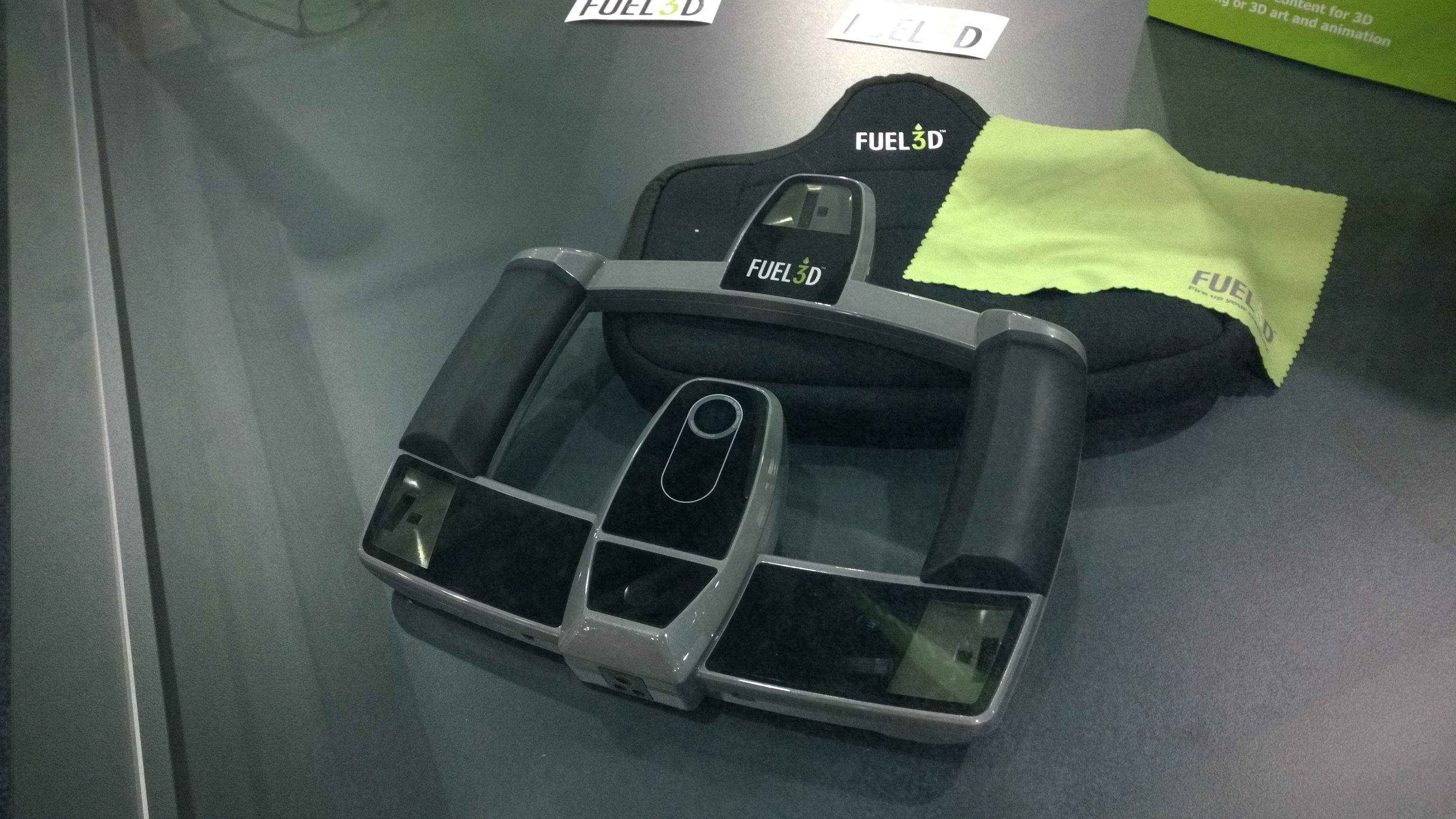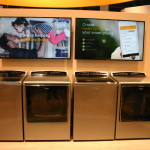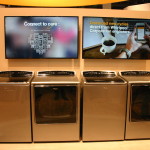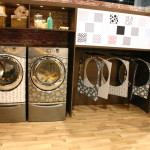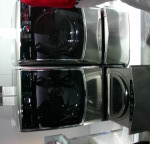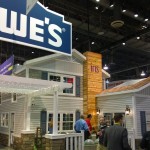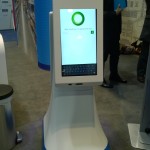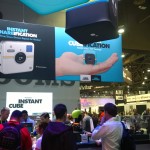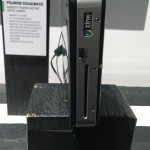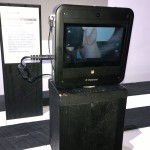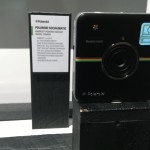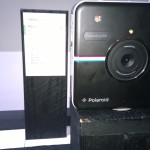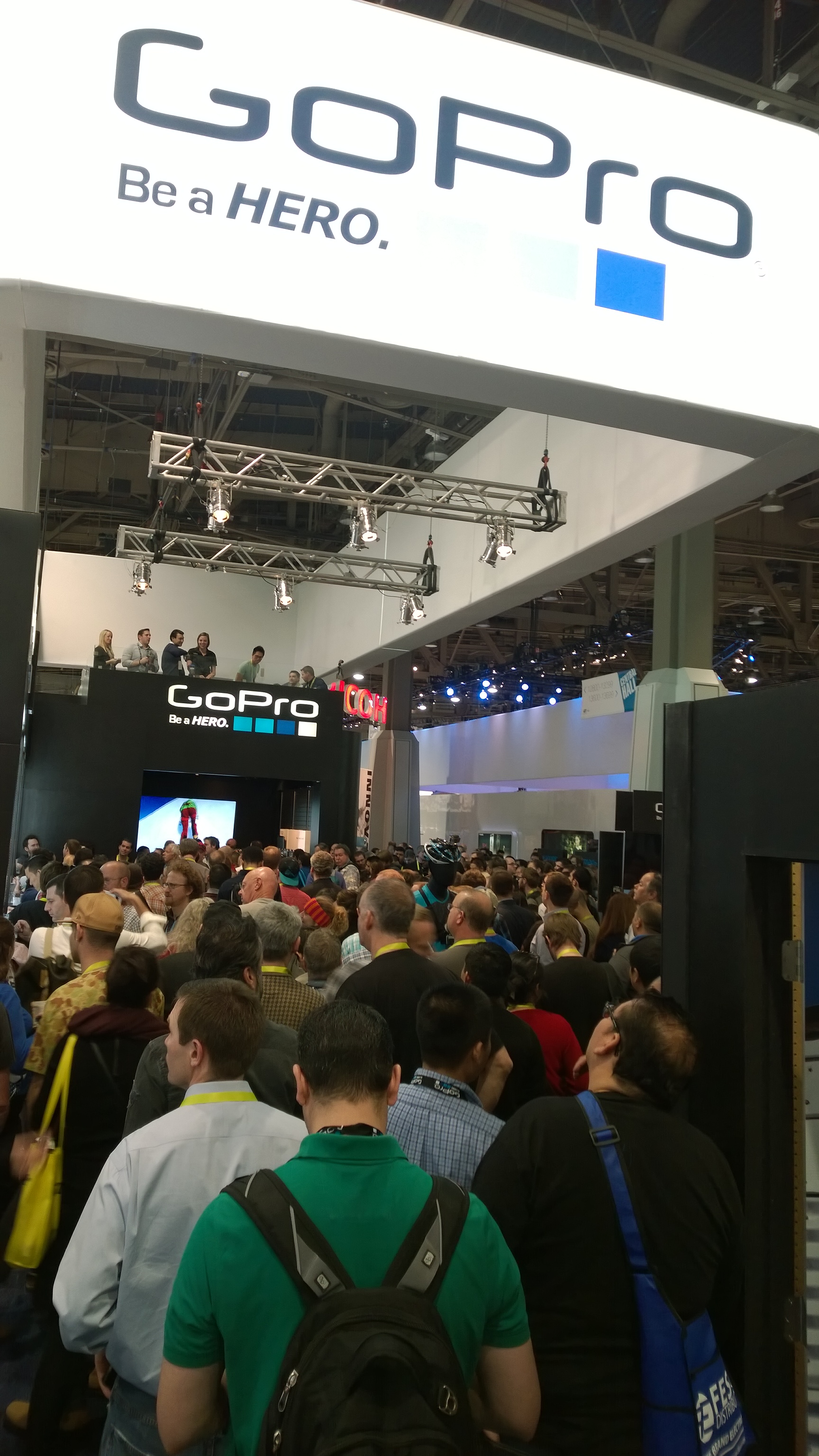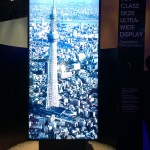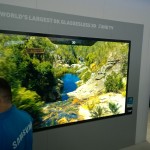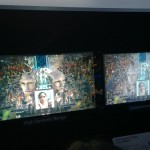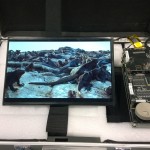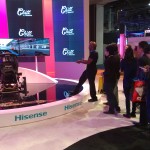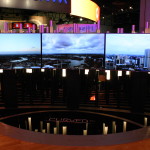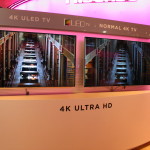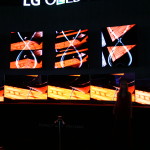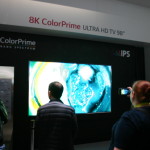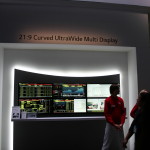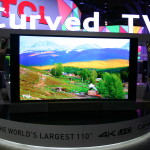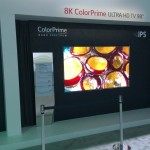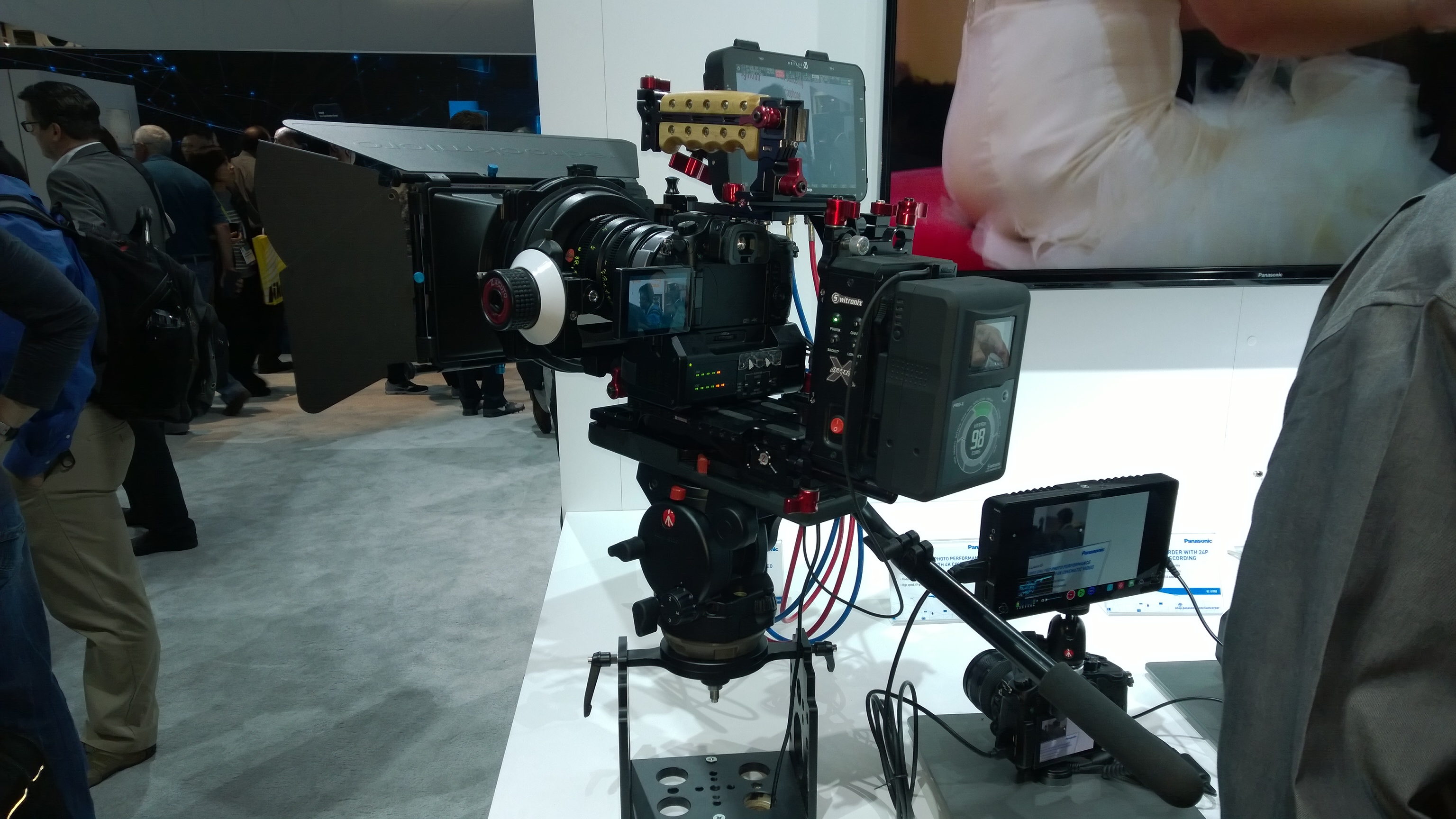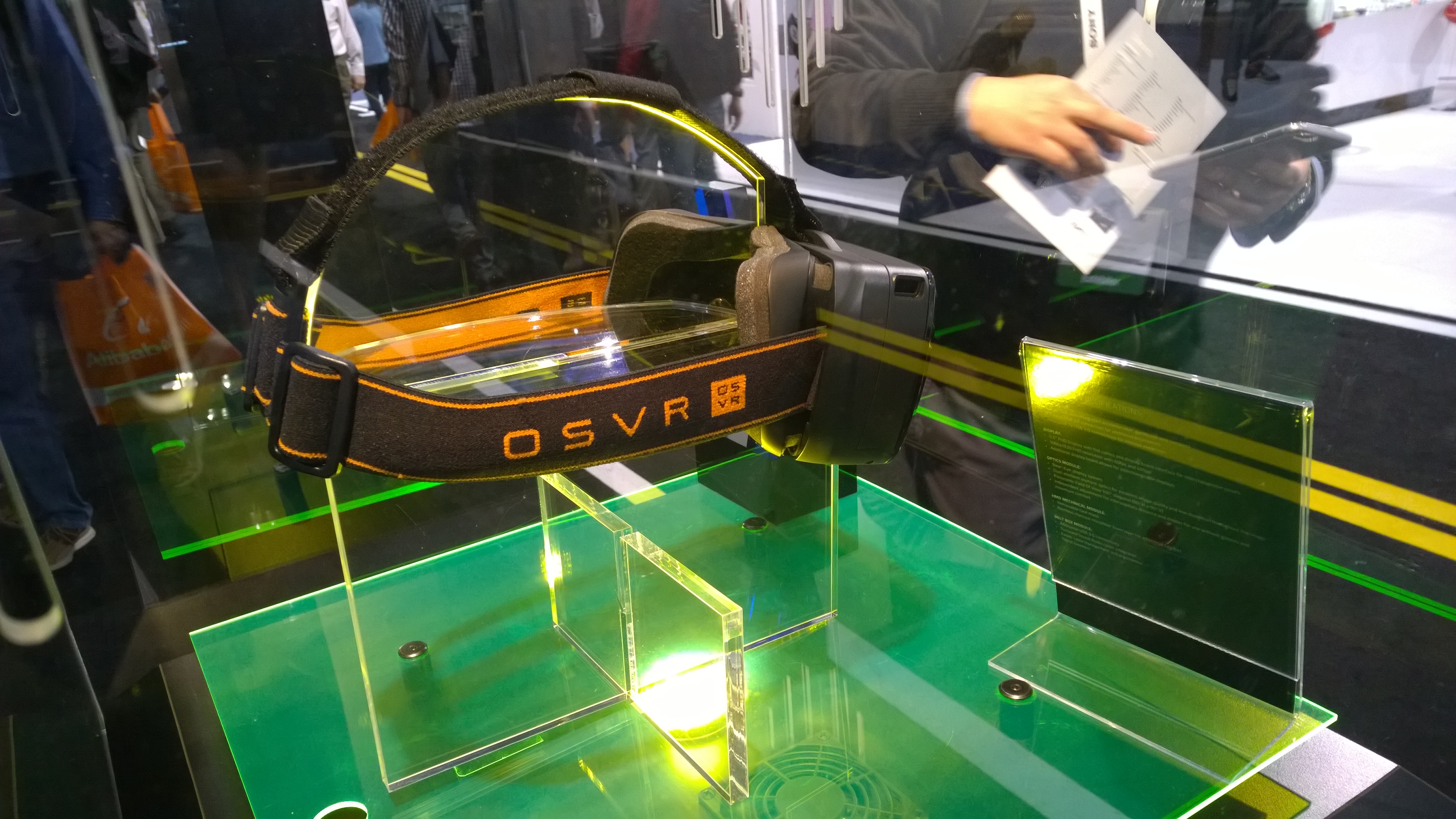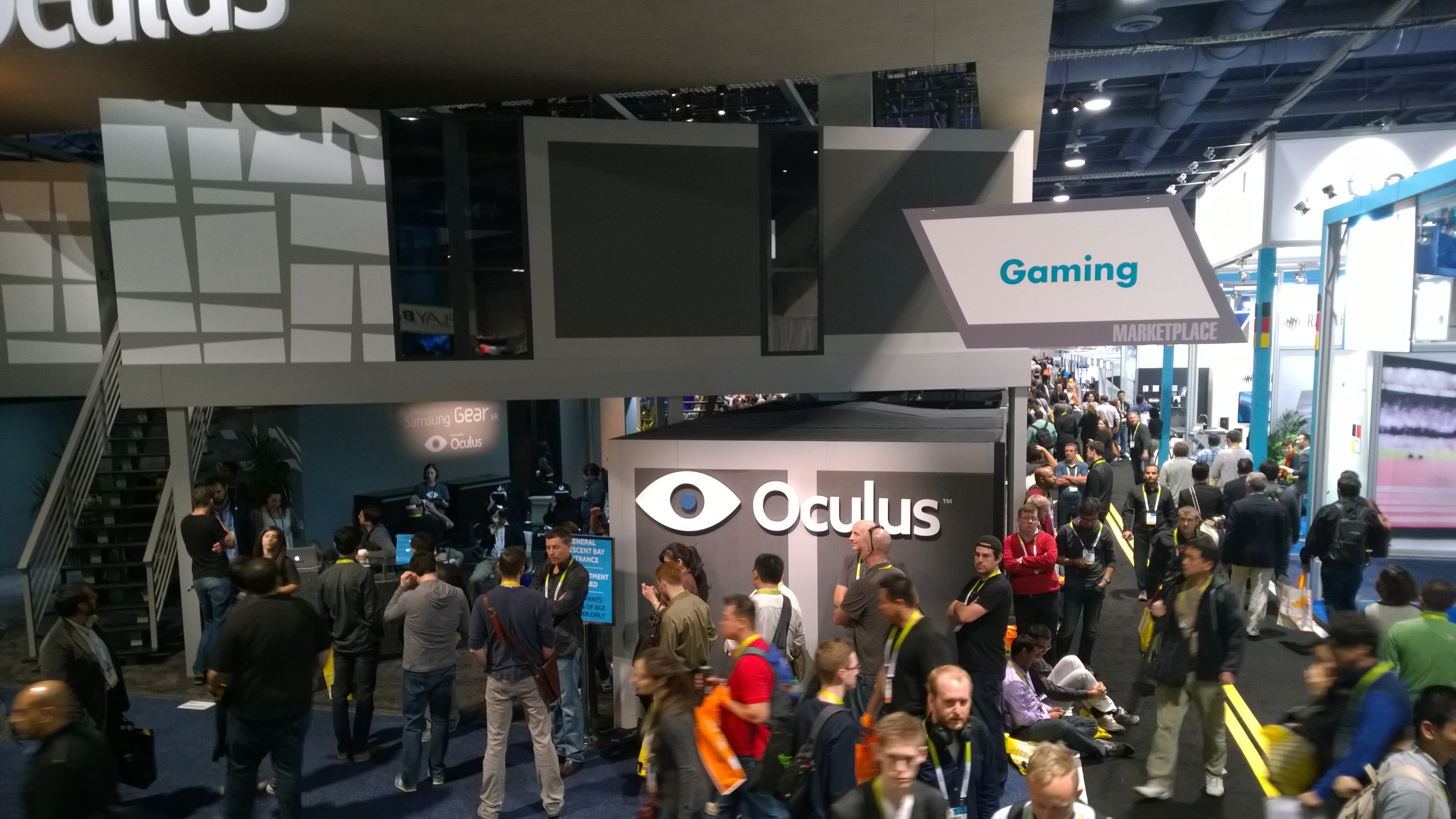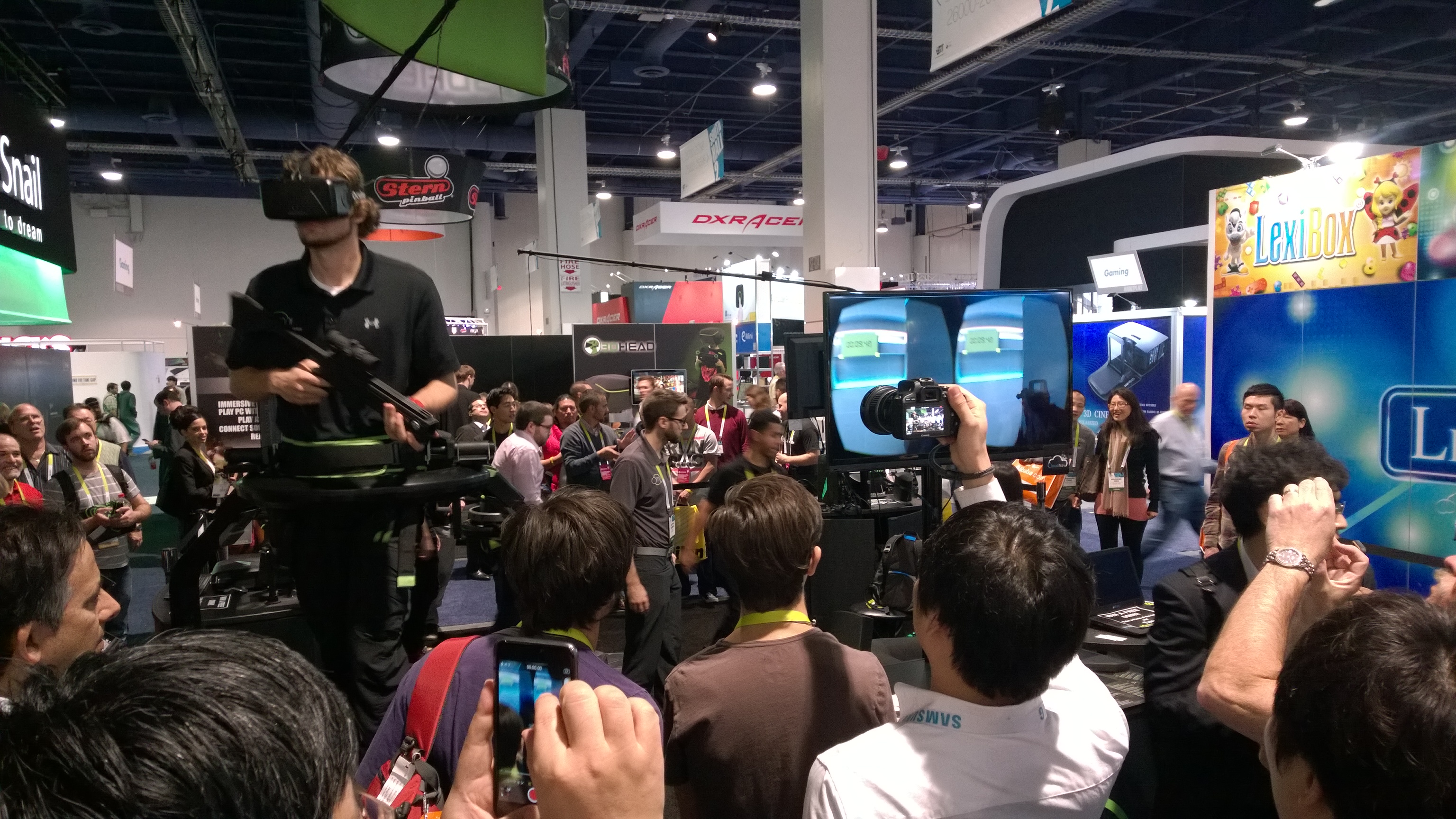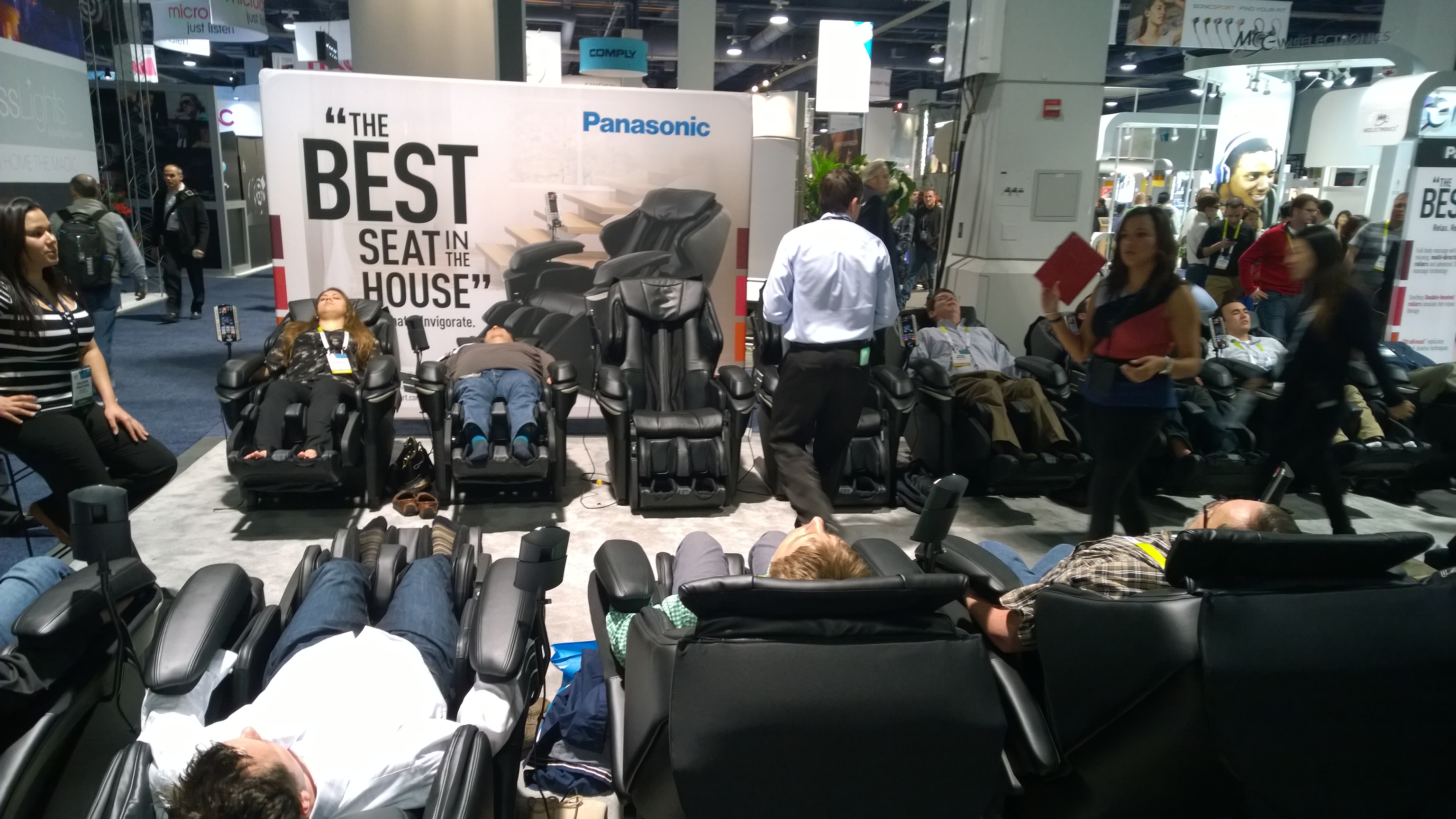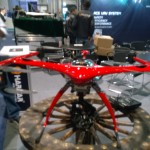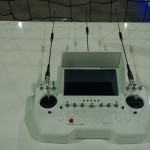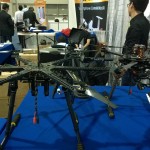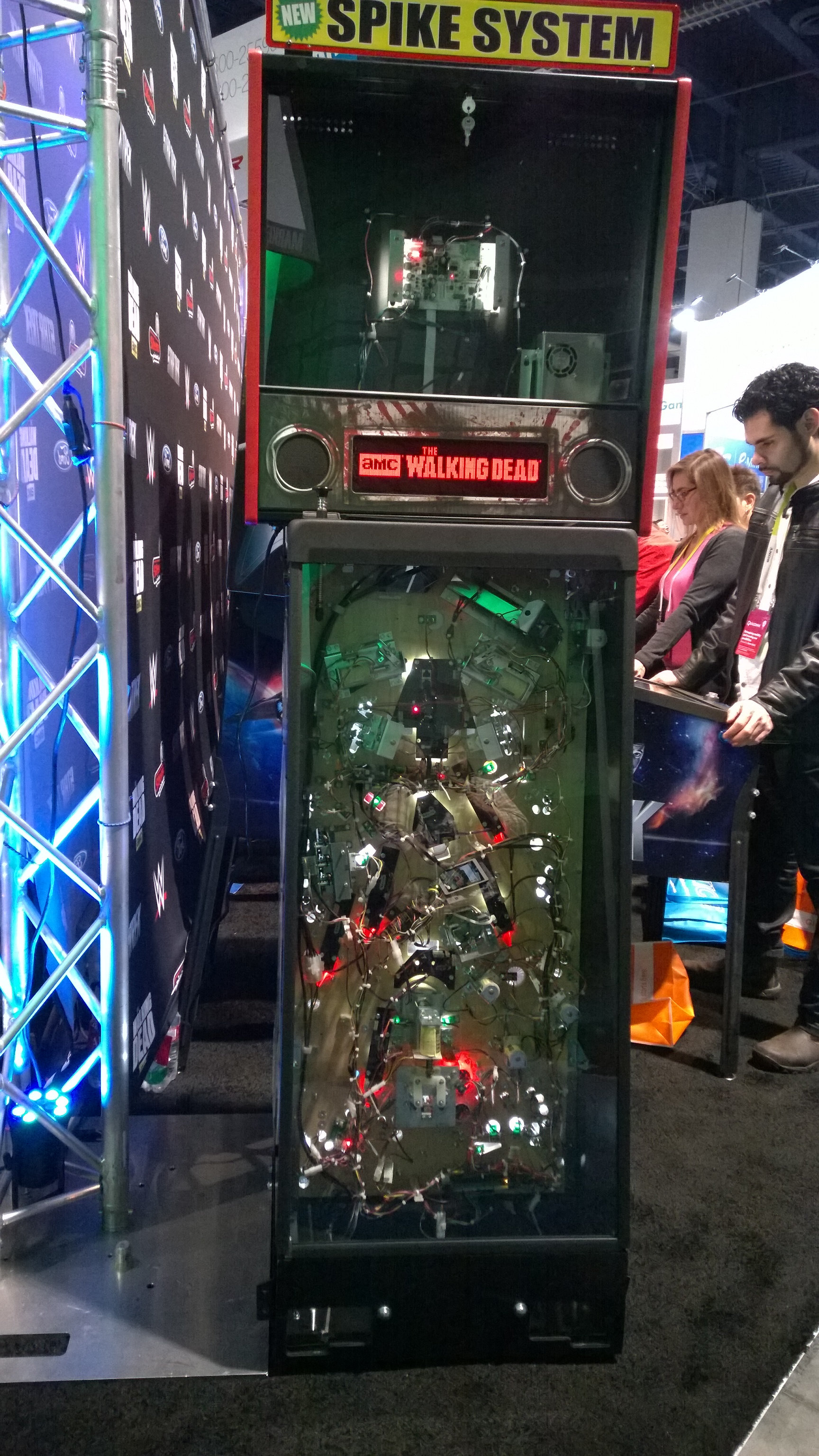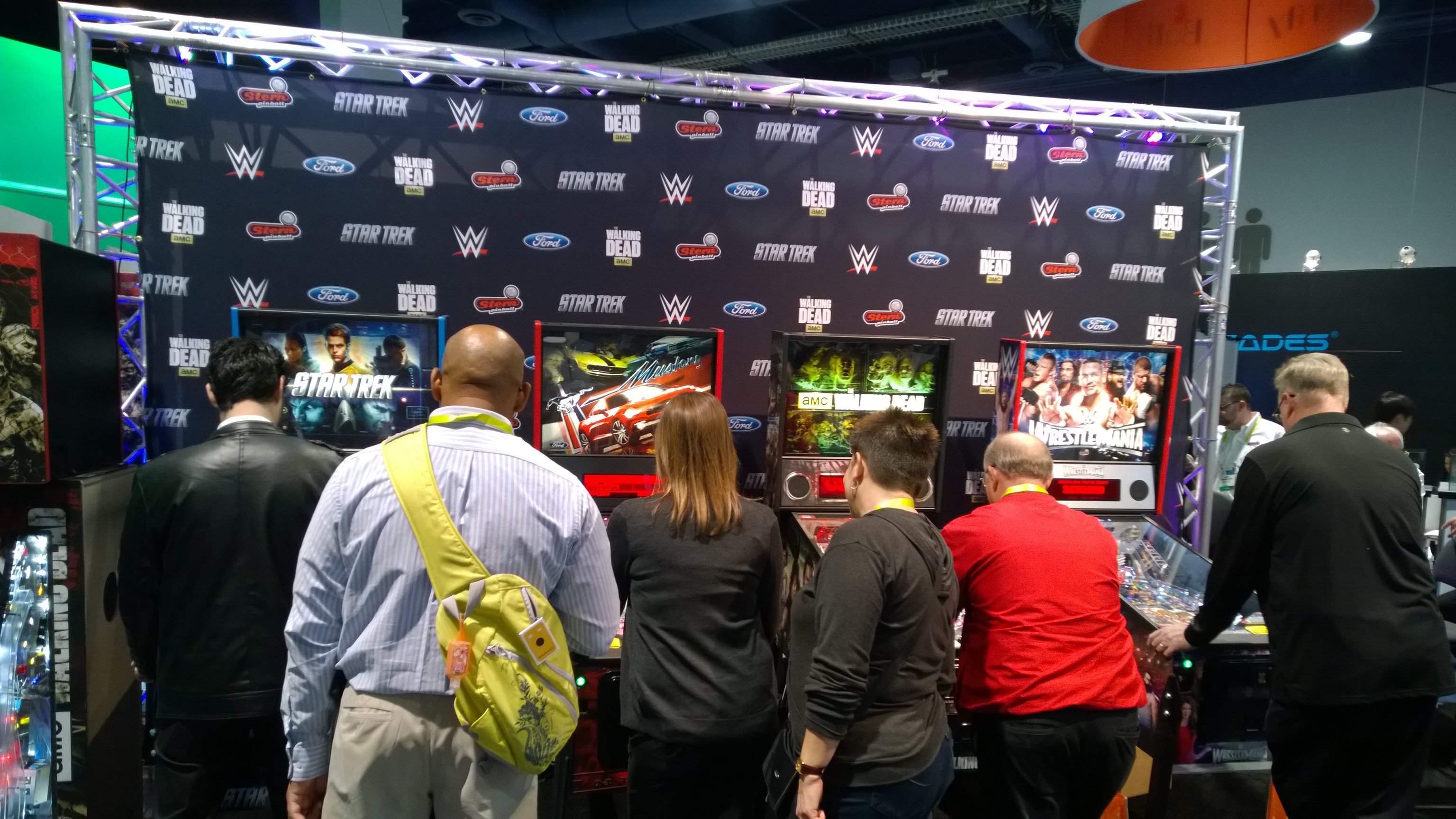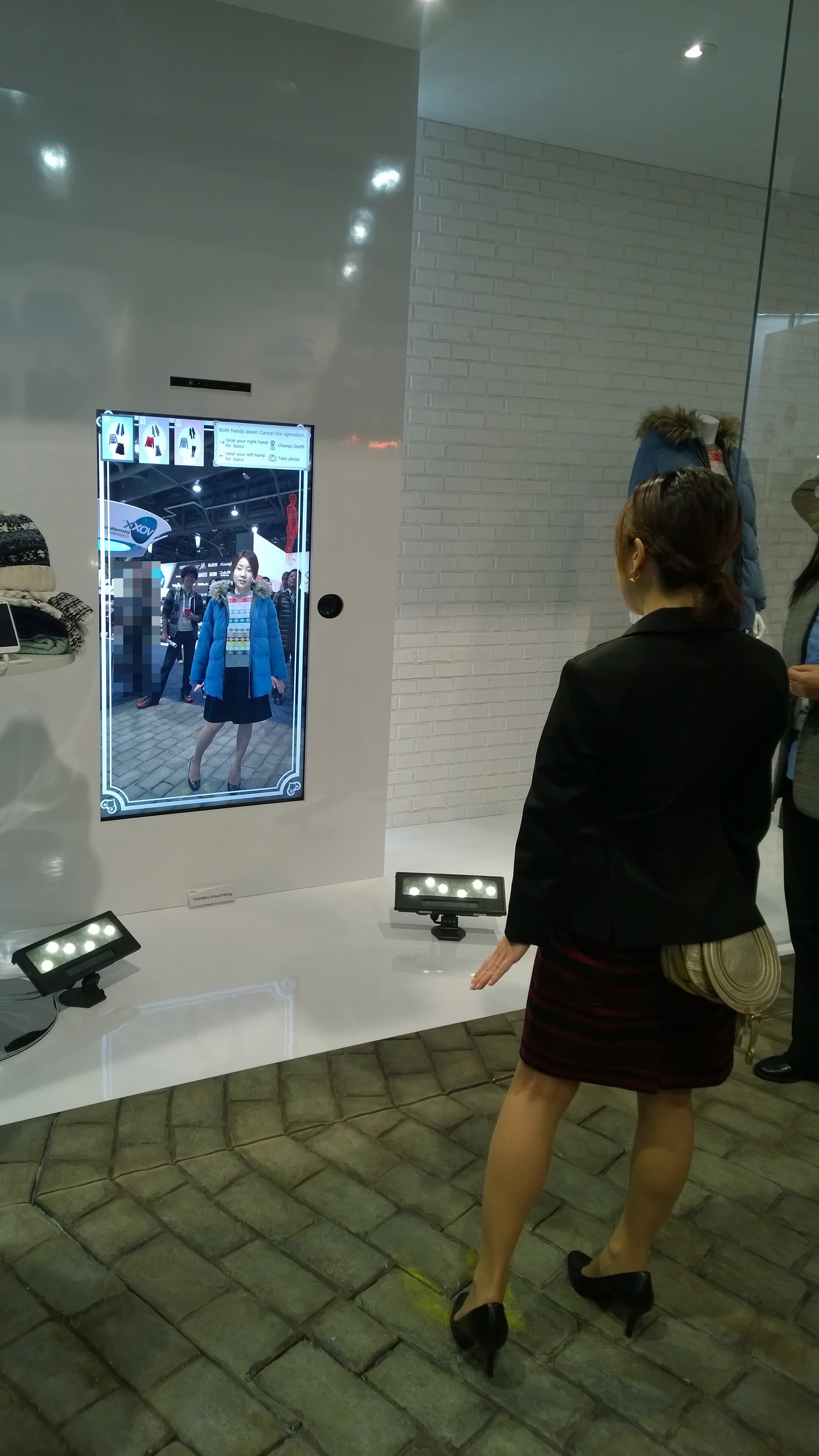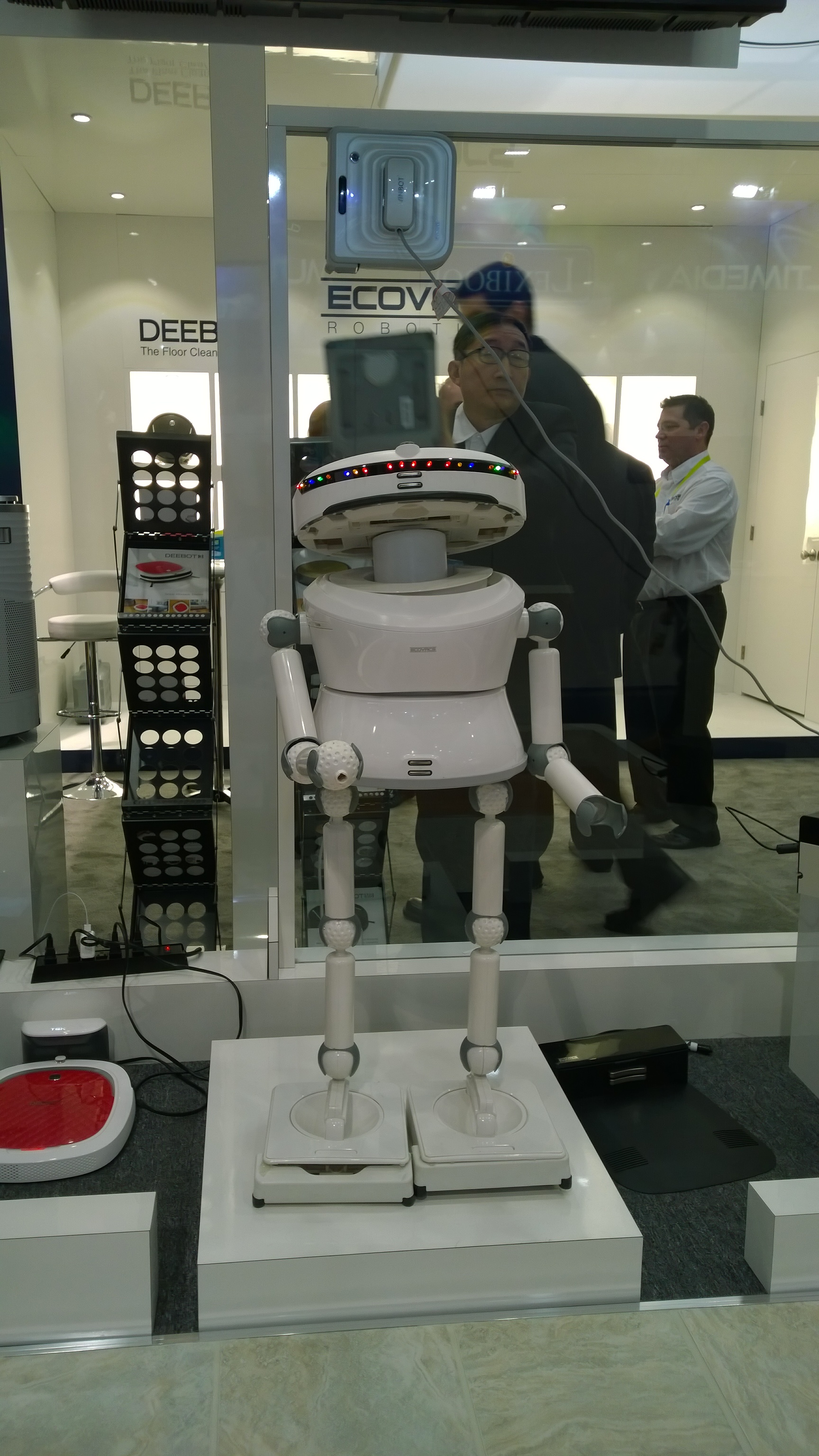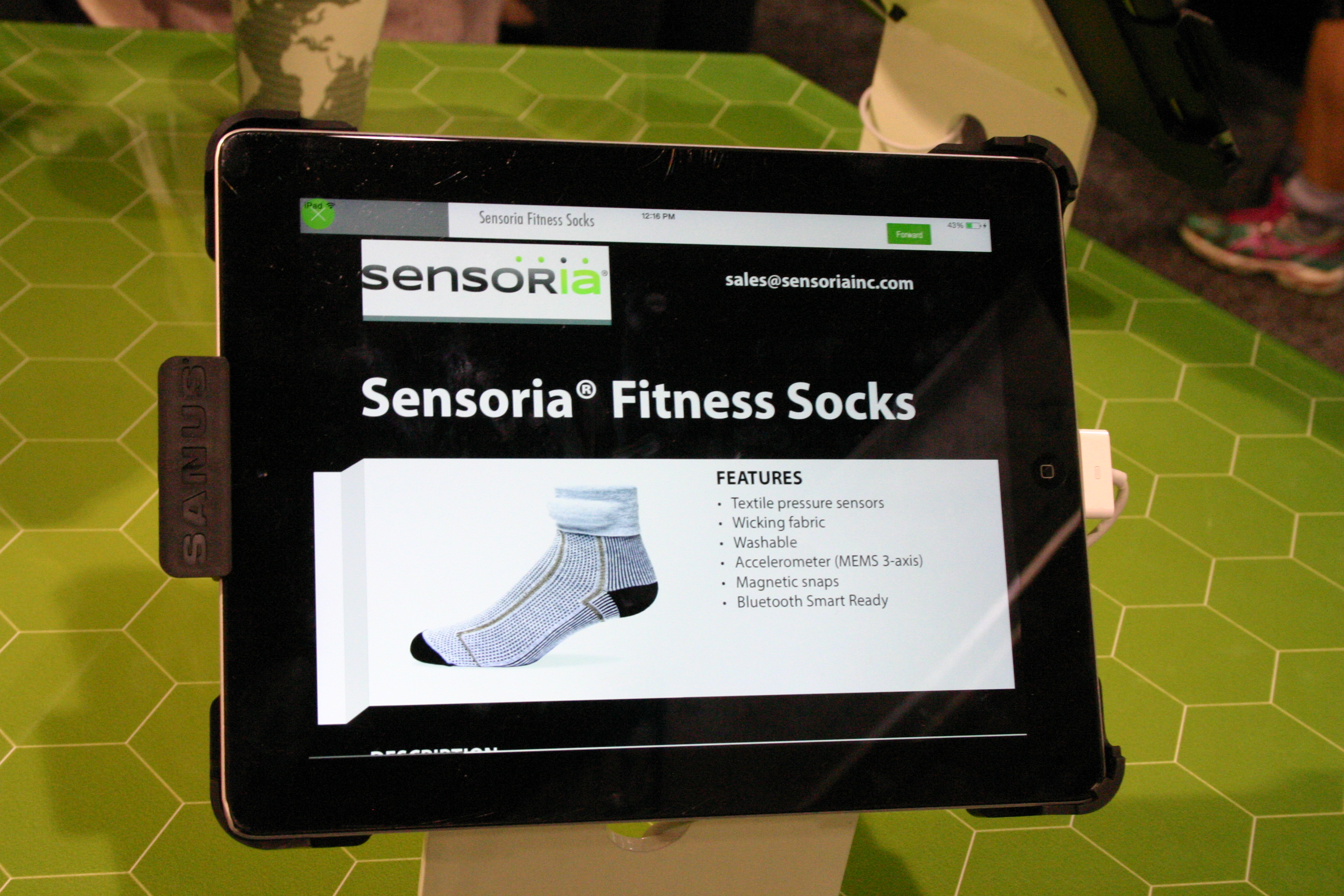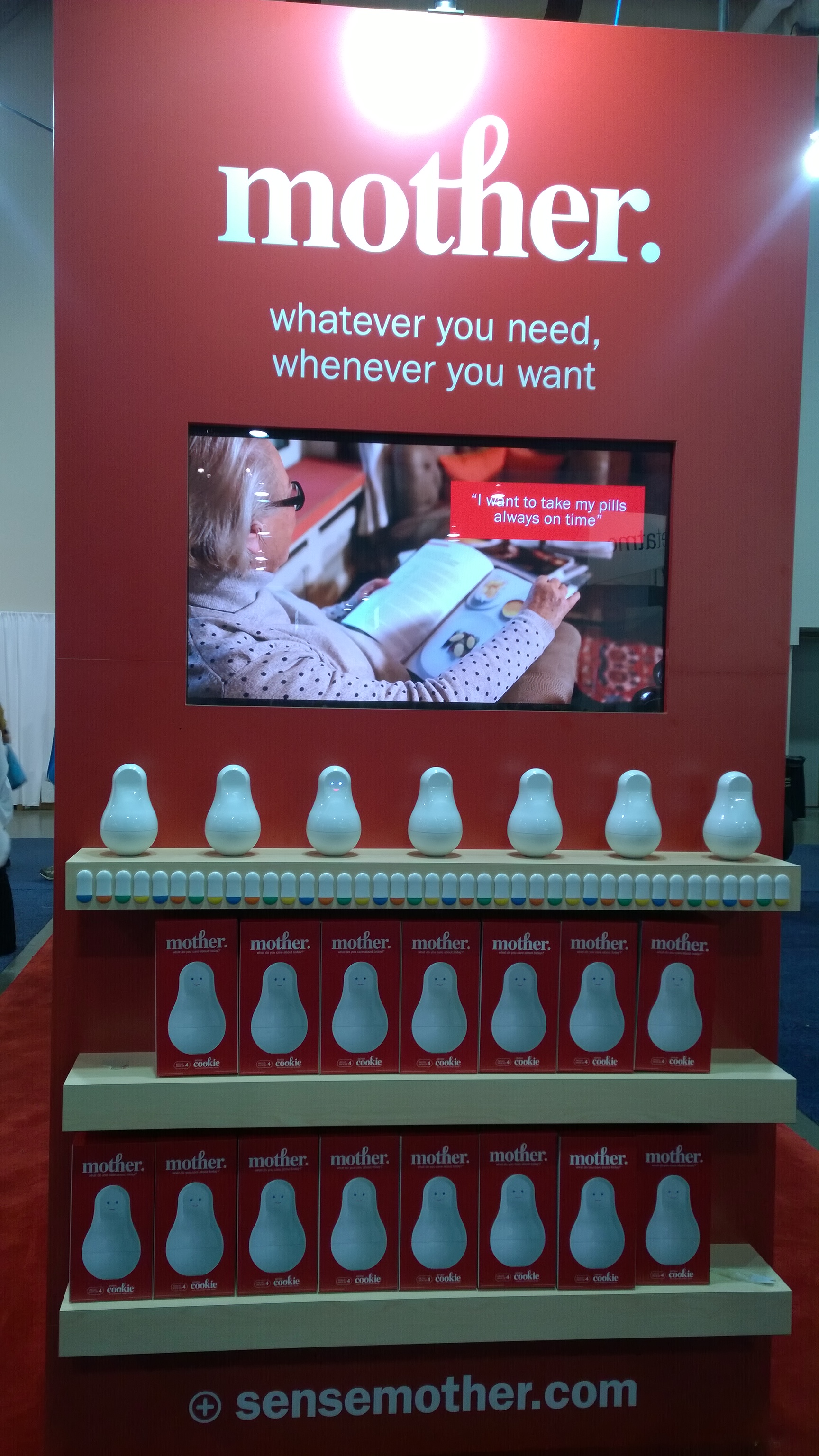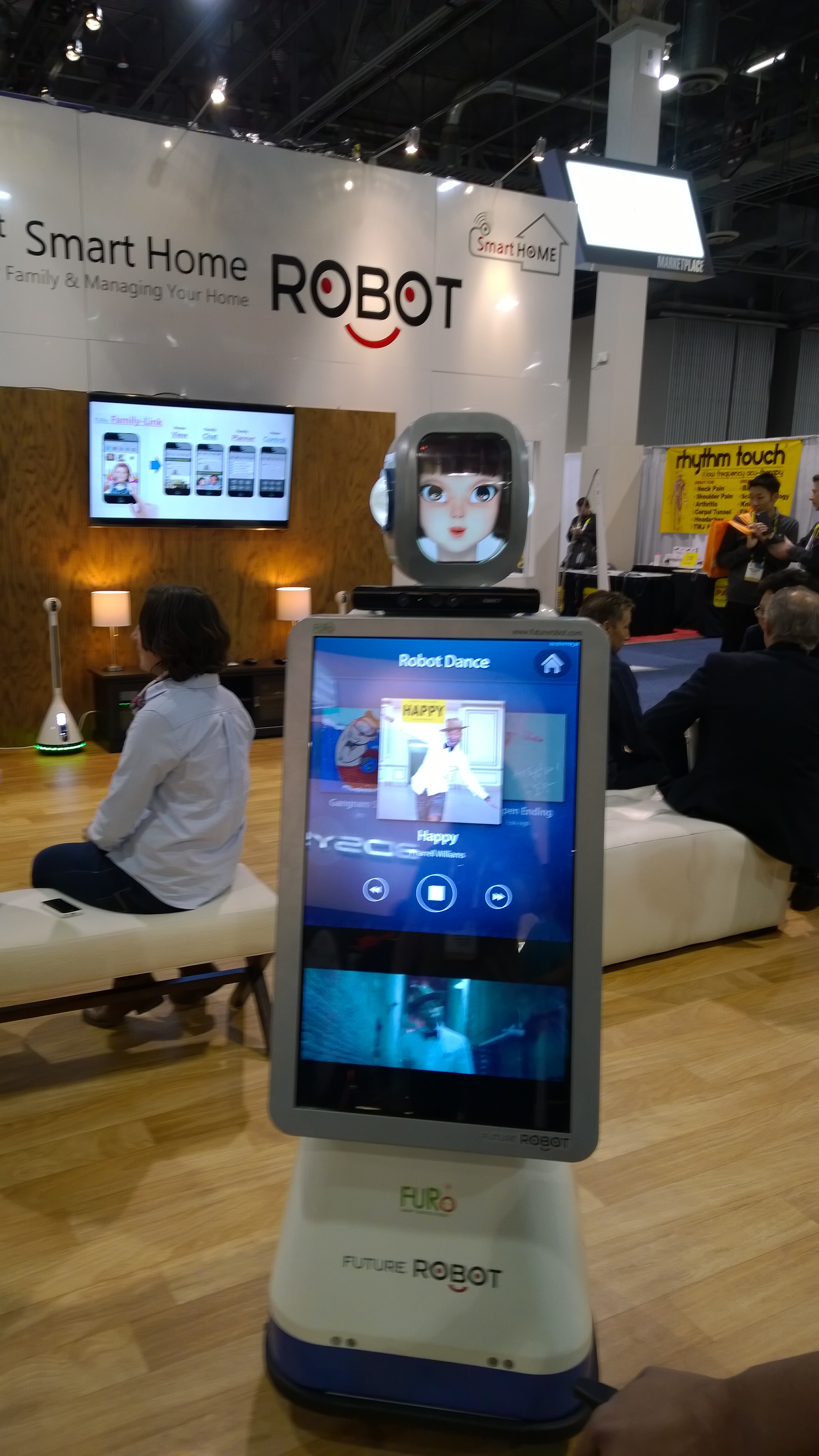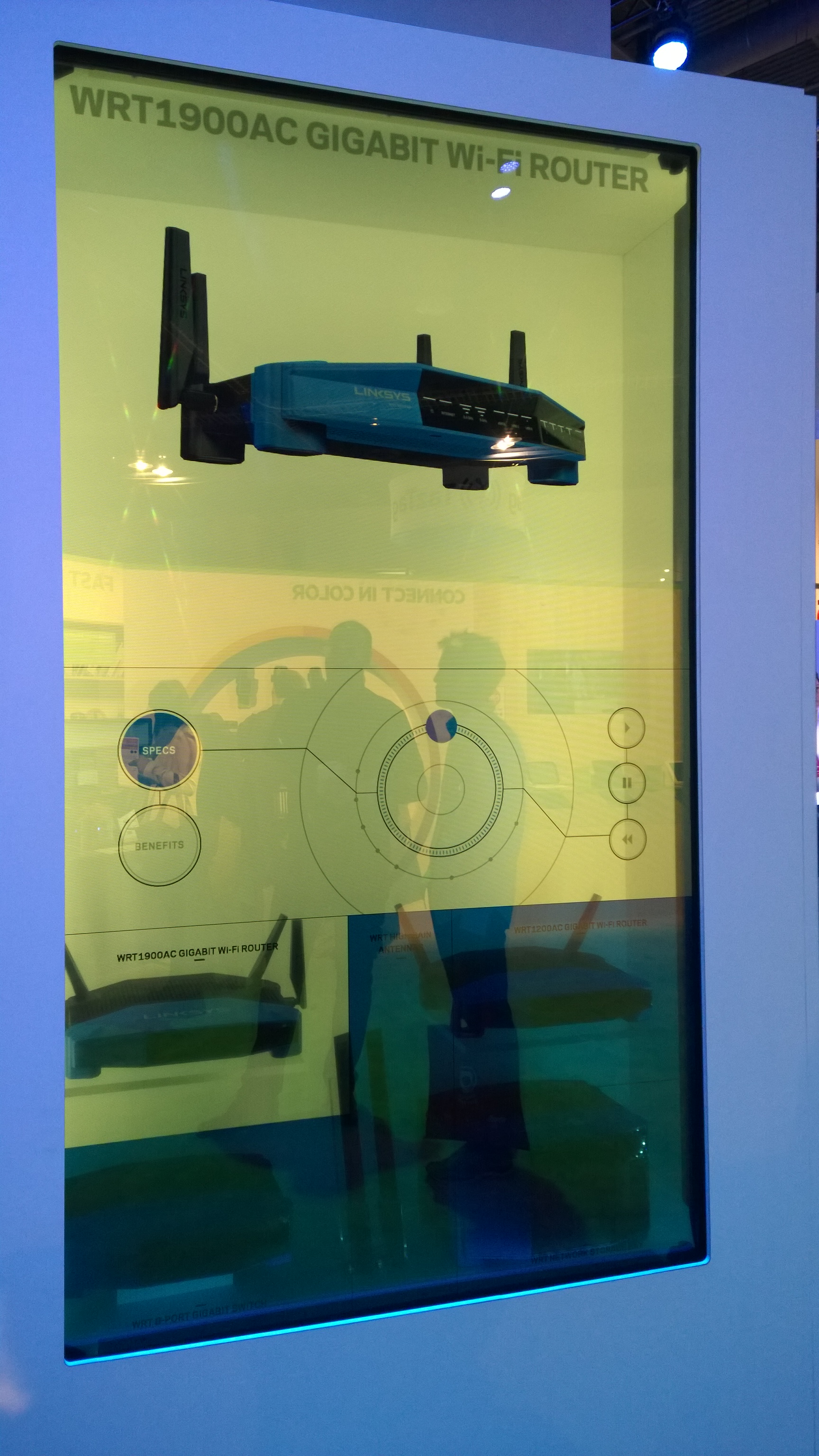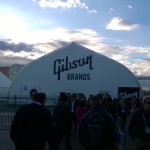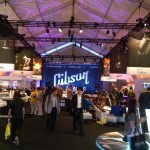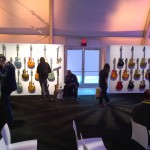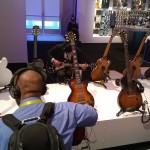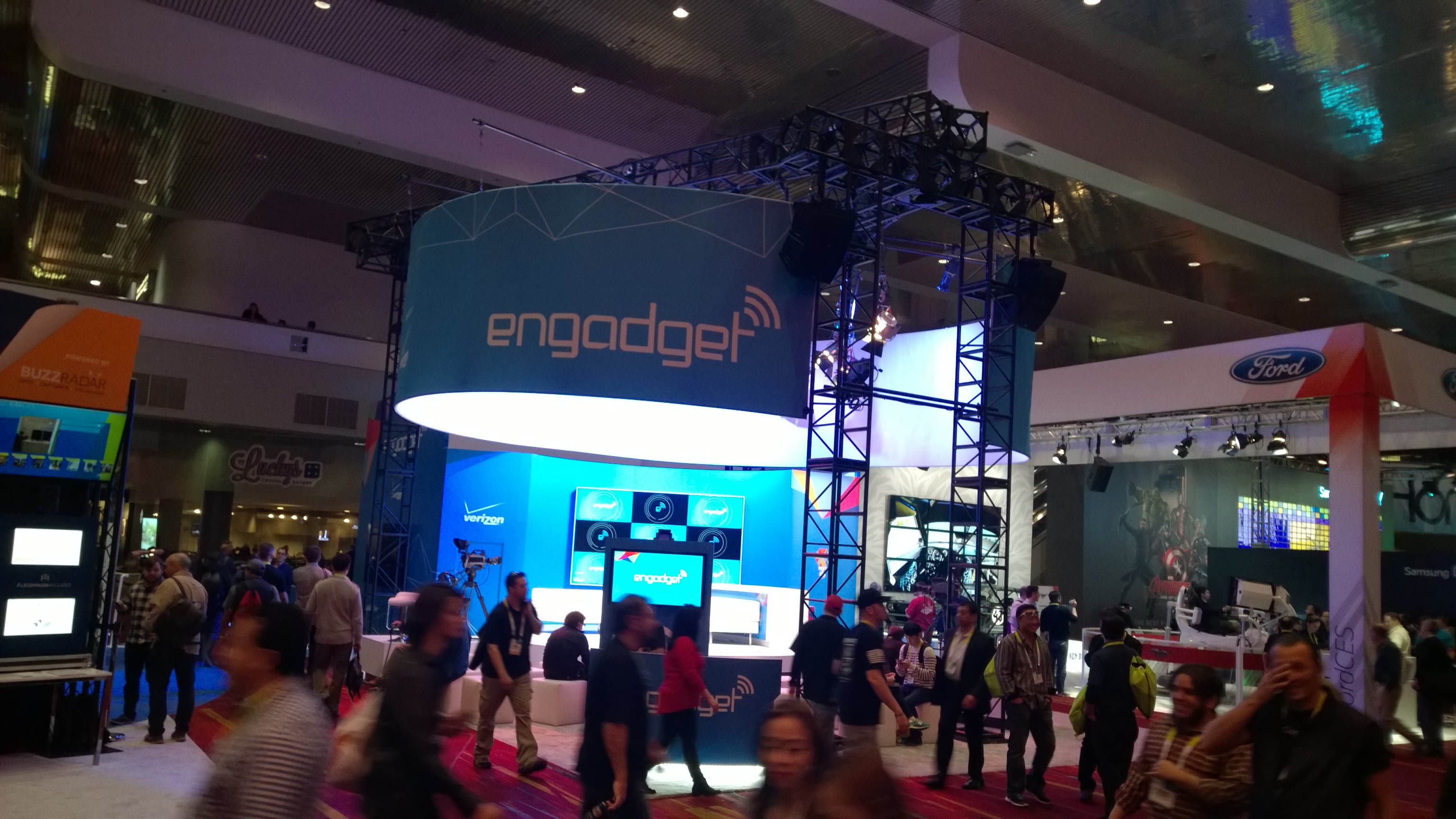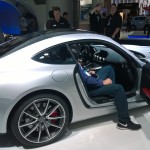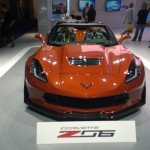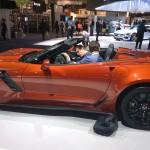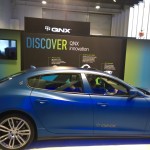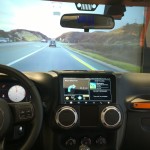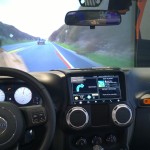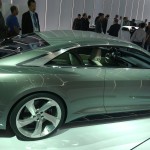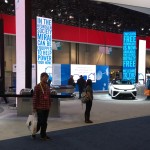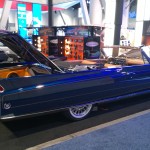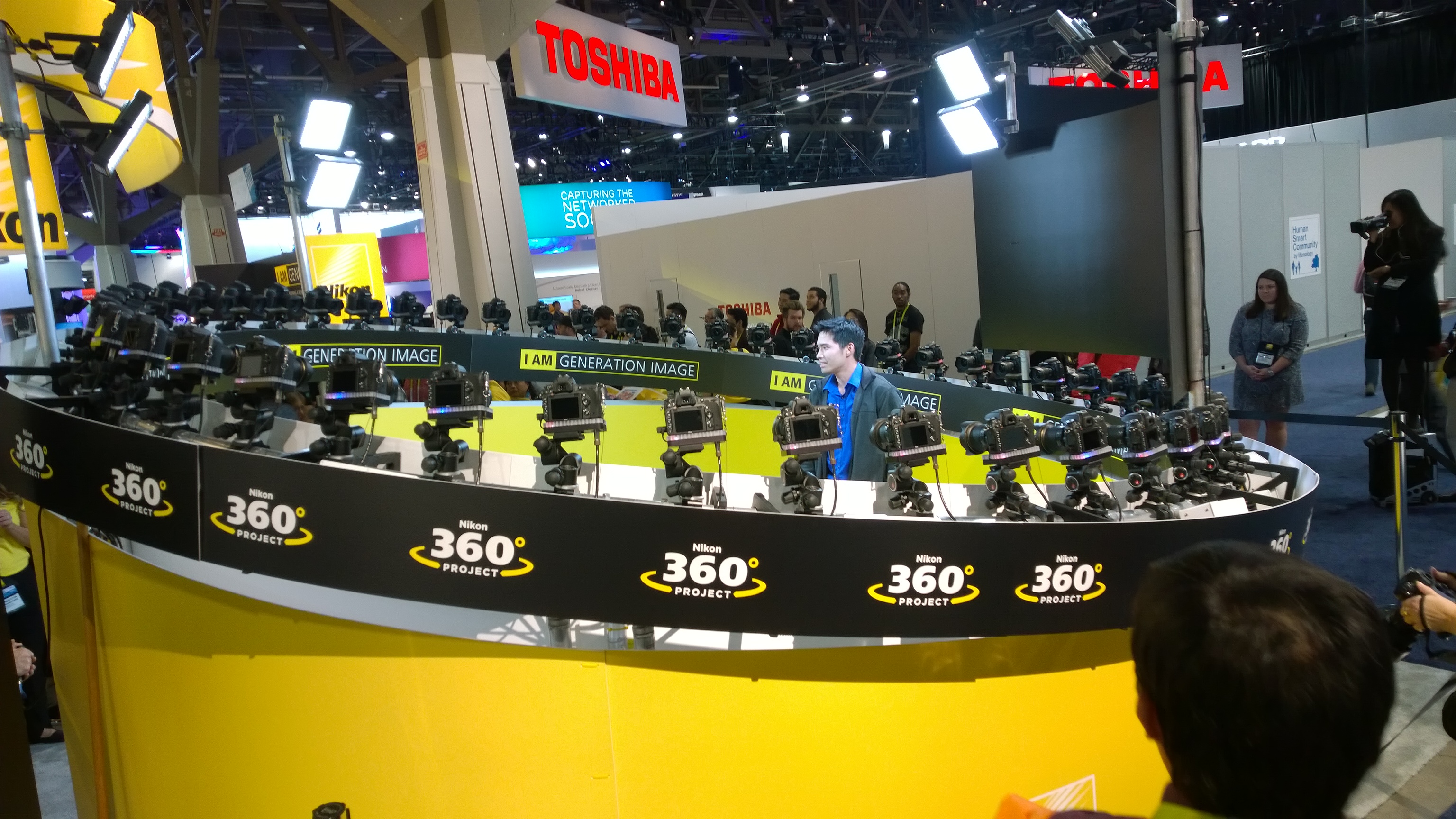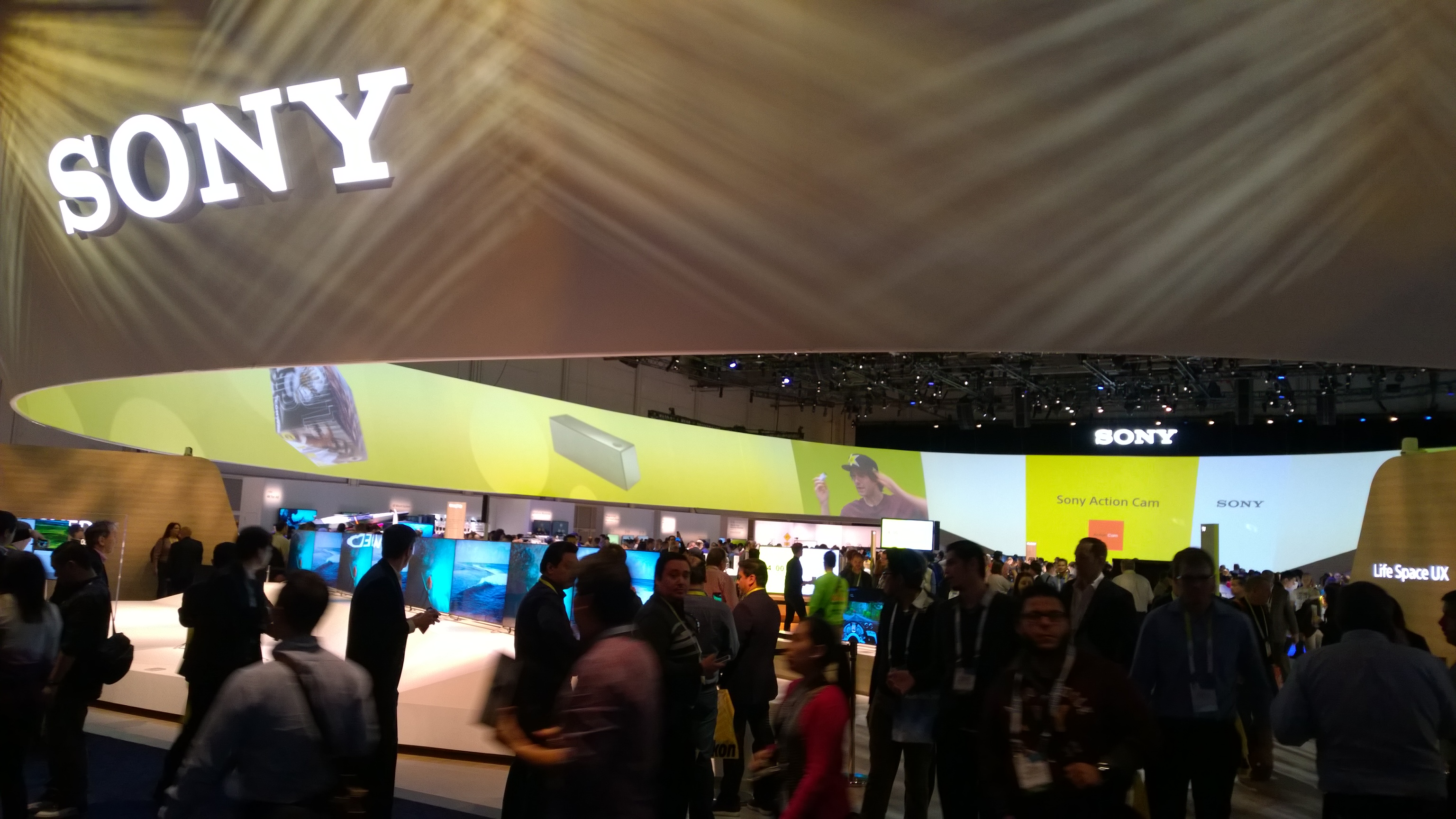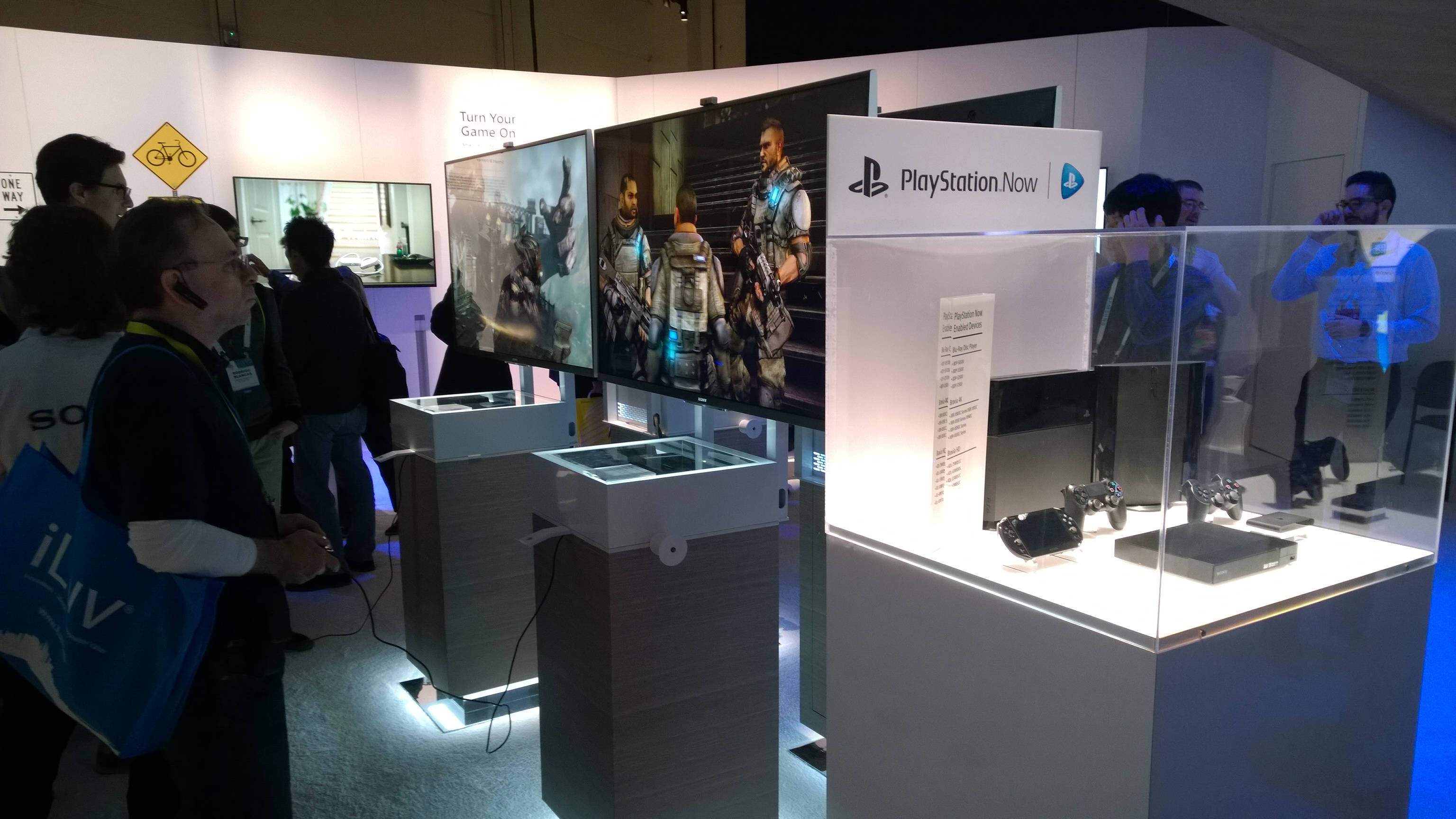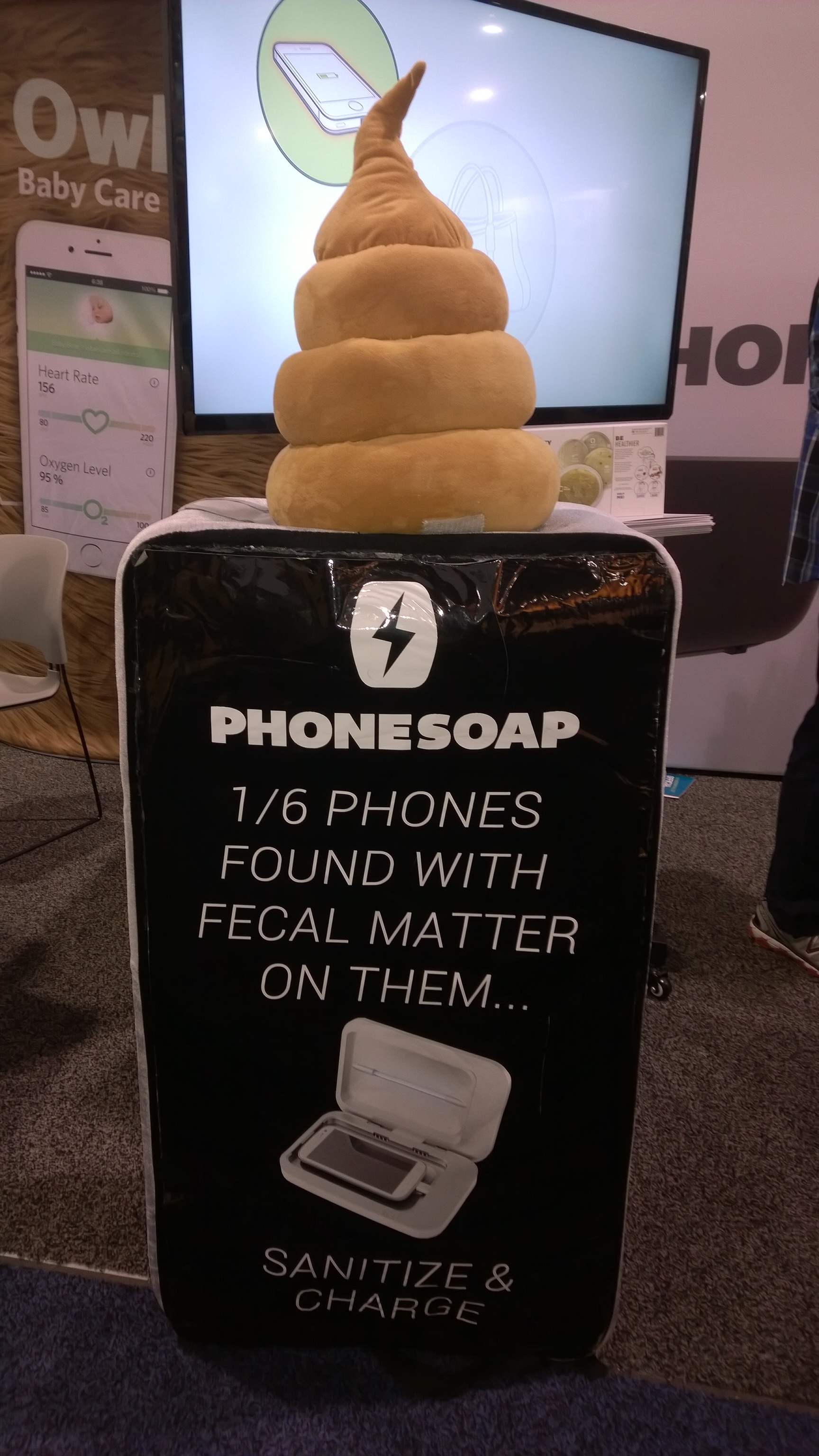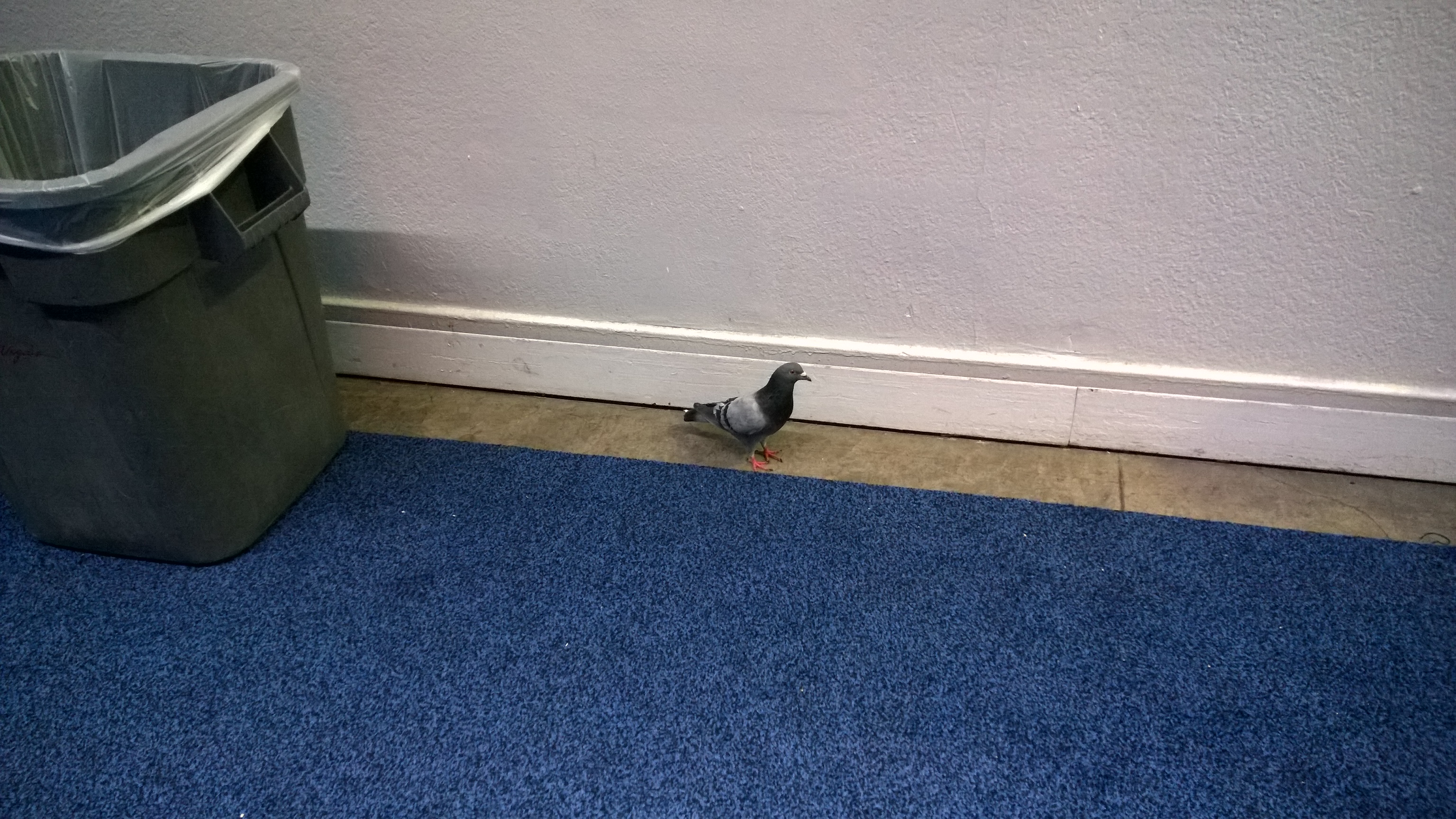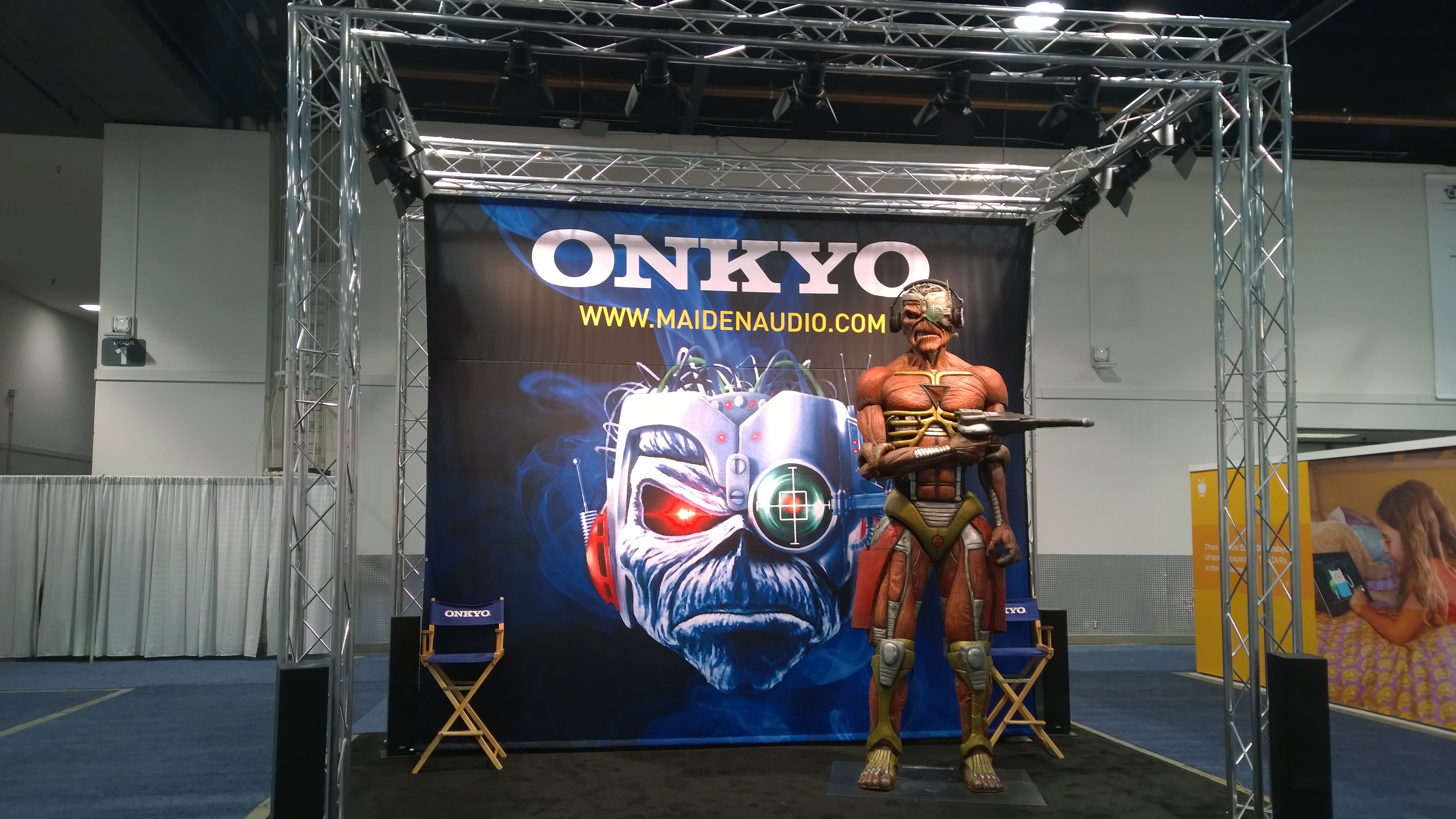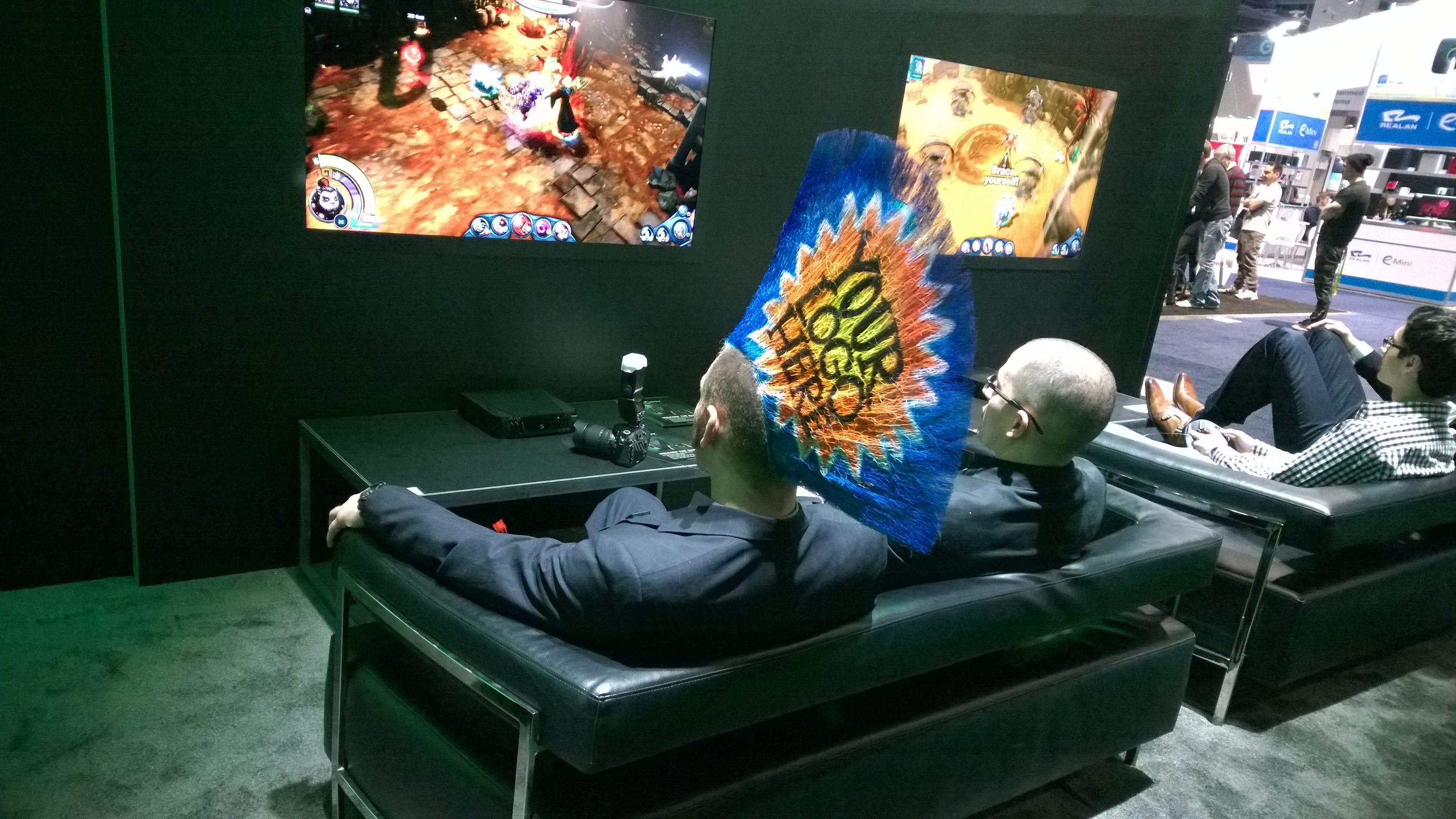A recap of the 2015 Consumer Electronics Show

So another CES has come and gone, and it was surprisingly similar to last year’s CES. It has also resulted in what is easily the longest post I’ve ever written for this blog by far. The most important thing I learned from my adventure this year had nothing to do with CES, but rather that my beloved Canon Digital Rebel DSLR camera has finally given up the ghost. It behaved normally, but the pictures were terrible and now I think it is time to put it out to pasture. I’ve had it since 2001, which in technology time is, what, 1300 years? It even uses the obsolete compact flash storage, so it had a very good run.
With that said, there was a ton of stuff to see, as usual. More than you could hope to see in one day, I was there for two and wasn’t able to see all I had planned, and there is far more stuff than you’ll ever see actually out in the consumer market in the future. There was the personal fitness section, the smartwatch section, the pure electronics section where I spent a lot of time and companies were showcasing their circuits, transistors, memory tech, etc., the audio dealers, the automotive section, the gaming section, countless others, and of course the main show floor. There were also lines everywhere. Lines to try the Oculus Rift. Lines to try the Sennheiser headphones (which are the best headphones on earth). Lines to try the various home theater setups, lines to try drones, lines everywhere. I don’t wait in lines at CES, so I had to observe from afar. In this post I’ll try to cover some of what you’d expect, as well as some of the more unusual things I saw while I wandered for hours around the various expos.
I have to give Booth of the Show award to Intel, whose displays were dedicated almost, but not entirely, to their ‘RealSense‘ technology. This is a technology that’s already being integrated by other companies and allows for various types of functionality when it comes to awareness and security. For example, a drone that has the technology can automatically navigate the environment: If you want to fly it from point A to point B, and you just hold forward on the joysticks, the drone will get to point B while automatically navigating around obstacles it encounters. If you step towards it as it hovers close to the ground, it will retreat to avoid the collision. They also had examples of how RealSense could be used to scan your face and use that as a login method, and they had set up a very neat hallway which had RealSense determining where people were and reflecting that on the wall of screens lining the hallway which you can see in a video below. There were many functions that Real Sense will apparently allow through it’s ability to ‘sense’ the world around it, and in addition to the hallway video, I have included a video of the HP Sprout computer that utilizes the technology as well.
Here’s a brief video of someone demonstrating the HP Sprout, which you can see in a picture above. The Sprout has a downward facing camera that can serve as a virtual keyboard, or more amazingly, scan real objects (using RealSense) and make them manipulatable virtual objects. I don’t know how practical this tech is, but you can buy one on HP’s website right now.
https://www.youtube.com/watch?v=0Z6wonerxhY
Here’s a video of me walking through the RealSense hallway. It’s only a minute long, and it shows how the RealSense tech picks up my movements.
https://www.youtube.com/watch?v=3SAKZtvGgBU&feature=youtu.be
Qualcomm, known for their ARM-based Snapdragon mobile processor, had a huge booth as well, although it was to showcase their processors and the various devices they power more than anything else.
Brother, known more for their printers than anything else, was showing off a remarkably advanced sewing machine that can download patterns directly from the Internet and it will then stitch them, or you can make your own designs, it has something called a laser-vision guide which I have no idea what that is, although it was impressive to watch. I’ve never used a sewing machine, but for someone who does it seemed like it would be a pretty impressive device with a ton of functionality.
In the same vein, 3D printing was all over the place. There was a whole section of the show floor dedicated to 3D printers, from the personal to the professional. They were printing all kinds of things from motorcycle tanks to little Venus de Milos to action figures and everything else. They even had one printer that can 3D print electronic devices, with the electronics printed as part of the process, and in the example I saw a tiny aerial drone was printed using the technology. 3D printers have been used for amazing things including cars and heart valves, and we’re seeing it make more and more inroads into personal and professional applications.
Among the 3D printer booths, however, was the technology that amazed me more than anything else I saw at this years show. A company called Fuel 3D has developed a handheld scanner and accompanying software they’ve dubbed Scanify, that allows for very fast – about 3 seconds – 3D scanning of a face or object, manipulation of the resultant scan in software, then export to the 3D printer of your choice in one of the three standard languages: STL (Stereo lithography, the most common file format and also used in CAM, however does not allow for color specifics), PLY (Polygon File Format, less common but does allow for color profiles among other things, and has a comparatively small file size), and OBJ (A format that was originally proprietary to Wavefront technologies, but is now much more widely used, and contains geometric data only: companion files are required for additional information about an object).
I was drawn to the booth in the first place because of a printed face that I could tell had been scanned from a person. It was surreal, even more so when I took this picture:
There are many incredible aspects to their technology. For one thing, the scan is really fast. Using a handheld scanner that has two cameras and uses three flashes to get full shadowing, the scan took all of three seconds. Here’s a picture of the scanner:
Once scanned, there is accompanying software that runs on Windows and Mac, and doesn’t require them to be high end machines. The software that was demoed to me, that can be seen in the video below, was running on a midrange Core-i5 laptop, and it ran smooth as silk, rendering a scan of my face in about 25 seconds, and manipulating that scan without a hiccup. To give you a good idea of what you can do and how it works, here’s the video of my face being manipulated in software after scanning. It’s a little hard to hear what we’re saying, but she discusses how it uses uniform polygons to construct the 3D model, which gives uniform texture across single or multiple scans in case you wanted to combine them (they had cups and busts and all sorts of things), and notice how easy it is to manipulate the lighting and the detailed texture of the hair. Not that you want to look at my mug up close, but it really is remarkable; if you’ve ever wanted to experiment with this kind of thing, their product is the way to go.
https://www.youtube.com/watch?v=7EmqAoNWEf8&feature=youtu.be
Connected houses are another rapidly-growing area, but surprisingly the big attraction in that space at CES was LGs washing machine that can actually wash two loads at once. The machine has a small drawer, similar to the warming drawer under an oven, that can wash a smaller load if you can’t justify a full cycle, and can even do so while a full load is going. There were also washing machines that had customizable design you could apply, and machines by Whirlpool that let you download wash cycles and set custom cycles from your smart phone. I don’t know why anyone would need that, but it’s there if you’re particular about how your washing machine handles your clothes. There were connected lights, connected door locks, connected garage doors, Lowes had a whole house set up, and was also displaying a robot that roams around some Lowes stores and helps you find whatever you’re looking for
- The Lowes connected house
- The in-store Lowes robot
One booth I am always glad to see is Polaroid. As you’d expect, we all associate Polaroid with their well-known Instamatic cameras that would print out pictures right when you took them, foreshadowing digital cameras decades before they became a real thing. In fact, the Polaroid pictures, with the white border and ‘chin,’ became a standard identifier of images, and Instagram’s logo is shamelessly based off of Polaroid designs. They even have a Polaroid museum at the Linq, right here in Vegas.
But Polaroid is still around! They have a competitor to GoPro known as the Cube, they even have an Instamatic camera with the unfortunate name of ‘Socialmatic,’ that can take pictures of you or whatever’s in front of you, and then print the picture out right then, or share it on any number of social media sites. They also make televisions, which aren’t too bad. They even have Polaroid tablets and phones running Android. I’m really glad to see they’re still chugging along.
Speaking of GoPro, their booth was absolutely nuts. It was packed wall-to-wall with people, there was no way I could get inside. People were jostling each other all over the place, others were pulling their arms in close to their sides so they could wedge into the crowd…I don’t know what was going on, but I’ve attended KISS concerts that were less packed than this.
Needless to say there were a ton of televisions, monitors, and displays as well as endless jargon to go along with them. 4K, 8K, UHD, S’UHD, OLED, curved, wide, 3D, 110-inch, even new quantum dot TVs that looked pretty remarkable. Samsung, HiSense, Sony, Sharp, many, many companies were showing them. Before I show you the gallery, there’s something very important I have to say when it comes to all these terms: ALL of the manufacturers advertise their TVs as 4K UHD, but it aggravates me beyond belief that they do this, and here’s why:
4K and UHD are not the same. 4K means 4096 lines (columns, actually) of resolution, and that is a studio standard, a cinema standard, a production standard. There is no true 4K TV as far as I can tell, they are all actually UHD, which is 3840 lines of resolution – that’s a broadcast standard, a home standard. If you watched a UHD source on a true 4K TV, there would be black bars on the side of the image, similar to what you would see if you watched a 4:3 video on a 1080p TV. Since it’s the other way around you likely wouldn’t notice anything, although the edges of a true 4K image would be cut off on a UHD TV. I know it all sounds confusing, but the manufacturers really need to get this worked out and stop throwing these terms out there willy-nilly.
- 4K 104-inch wide TV
- 8K 3D display, no glasses required
- High dynamic range comparison
- Portable 3D TV
- A line formed for the racing simulator using 3 4K TVs
- DON’T BE FOOLED!
- Three 4K TVs with a single image
- Careful…
- LG OLED TVs
- We even have 8K now
- Six widescreen 4K monitors working in unison
- 110-inch 4K monster
- 98-inch 8K TV
- 8K TV close-up
If you’re interested, here is what you use to record 4K video. Have you ever seen your wallet bleed? This thing will make that happen.
And there were many other amazing, weird, off the wall things to see. Razer was displaying their OSVR (Open Source Virtual Reality) system, which means anyone who buys a development kit can make their own software for it and distribute it as they see fit:
Speaking of VR, and my unwillingness to wait in lines, here is the line to try out the Oculus Rift. Doesn’t everyone look happy? There was also a guy demonstrating an apparatus you can strap yourself into that lets you walk and turn through the Oculus’ virtual worlds without the need of a controller, making the experience more immersive.
If you spent your CES time waiting in lines, well there was this. I think some of these people are actually asleep!
There were drones all over the place, and even some of the insane controllers used to fly them around (I wasn’t supposed to take a picture of the red one, that’s why it’s blurry – I was covert! Just like people who use drones).
Stern was showing off its new SPIKE technology, which simply appears, from what I can tell, to be a more PC-based architecture in the machines (which isn’t new), along with some of its new tables. As someone who loves pinball and has a few machines of his own, I’m glad to see Stern still pushing ahead in this area.
Here was an interesting display from Toshiba that allowed visitors to try on clothes virtually. Notice that the lady standing in front of the screen is not wearing the jacket that her avatar is wearing on the screen. She could turn and move, and the jacket aligned appropriately (generally, it was close but not perfect). She could also choose from a catalog of additional items and try them on as well, and as of now it’s women’s clothes only:
There was a robot that had mopping things on its feet, and can ‘walk’ around your house cleaning the floors. Notice the Roomba-esque robots climbing around the window in the background, cleaning it while they navigate its vertical surface. Sometimes it’s possible to take lazy just a little, or a lot, really, too far.
Speaking of walking, there was also a display of Bluetooth-enabled, accelerometer-equipped socks:
In case you don’t have the appropriate level of creepy in your house as of yet, there were some solutions for that as well. Consider Mother, a Schmoo-looking device that can apparently monitor many of your day-to-day tasks and provide feedback, reminders, and alerts. Honestly, I didn’t want to know. Notice how the one on the top shelf has already come to life…
Here’s what’s called a robot for ‘managing your home.’ The animated face and many tasks it can perform such as playing music or monitoring a connected house while roaming around on its own makes it functional yet disconcerting.
Back to the functional and practical application of technology, Linksys was showing off its WRT AC-compatible routers, which will really make wireless networking fast, up to gigabit speeds, which could possibly make it even faster than wired Ethernet connections. The glass in front of the routers was also an interactive touchscreen, and had a really incredible animated display describing the technology; I was as much interested in that as I was in the routers.
The Gibson tent was a joy as always, with absolutely stunning instruments on display along with headphones, soundbars, and other things. But I’m there for the axes, and they didn’t disappoint, especially since they have a whole bunch you can just pick up and play. And I did.
- The Gibson tent
- The Gibson tent
- Guitar wall in the Gibson tent
- The Gibson tent
Here’s the Engadget booth; you’ll notice their general tech news feed as one of the three topical news feeds on the side of this very page.
Unfortunately I didn’t have as much time as I would have liked to see all the automotive tech that was on display. I got some pictures if you’re interested, and will caption appropriately where I can. There were many cars and tech on display, here are some of the bigger booths and displays.
- Mercedes AMG GT S
- Corvette Z06
- Corvette Z06
- Maserati with the QNX system by Blackberry
- Jeep with the QNX system by Blackberry
- Get out of the road!
- The self-driving Audi
- Toyota hydrogen-powered cars
- The Dodge/Jeep booth showcasing the uconnect system
- The badass Eldorado
Nikon was taking 360-degree pictures of people. The line was long to get your picture taken, and I have no idea how you’d actually view the picture, but the setup was impressive nonetheless.
The Sony booth was huge as usual, and the recent hacking scandal and decisions regarding The Interview didn’t seem to impact people’s desire to see what was on offer. They had a ton of devices on display, from HD sound TVs to 4K displays to fitness trackers to tablets to watches to PCs to cameras to their Playstation consoles and Playstation Now streaming services devices, 4K cameras, chips, everything. I spent about an hour just in their booth.
Apparently a lot of electronic devices have trace amounts of fecal material, so what better way to advertise your electronic device sanitizer than with a big pile of…well, just look at the picture.
This guy somehow found his way far into the exhibit hall, and I felt really bad for him. He was probably terrified with all the commotion, he didn’t look like he could fly, there’s no food, and he’ll likely not find his way out. But I’m rooting for him, I hope he lives a good life in there, pooping on whatever he wants.
Eddie made an appearance, and if you don’t know who that is shame on you!
And this guy too:
Believe it or not, this is just a small sampling of the thousands of displays and booths at the show, way more than I could ever hope to cover here. I’m just one man! Yet even though there was a ton of things to see, and I spent about eight hours walking around, other than Fuel 3D’s Scanify discussed earlier there wasn’t anything to make me say “wow!” It was surprisingly similar to last year with 4K TVs, sound advancements such as bone conductance which vibrates your ear bones to make noise rather than create sound waves, that sort of thing. There were many great developments and devices that improved on and advanced existing tech, which we need, but I also felt there were too many trends being followed and not enough trends being created. The only things that I think might be revolutionary technology in the general consumer space is the quantum dot televisions (Scanify isn’t a consumer-level technology), but even that is just improving on something we already have, there wasn’t much on display and I don’t think we’ll see much in that space for a year at least.
It’s always fun to go, and it’s always exciting to see how people and companies all over the world are utilizing technology to make life and leisure better, even though it’s packed with people who would just as soon step on you as look at you. Even so I had a blast, and I’m perpetually yet cautiously encouraged for the industry, but I hope we see real leaps and advancements for next year’s show. There’s a ton of potential and possibility, the industry just needs to realize it.


